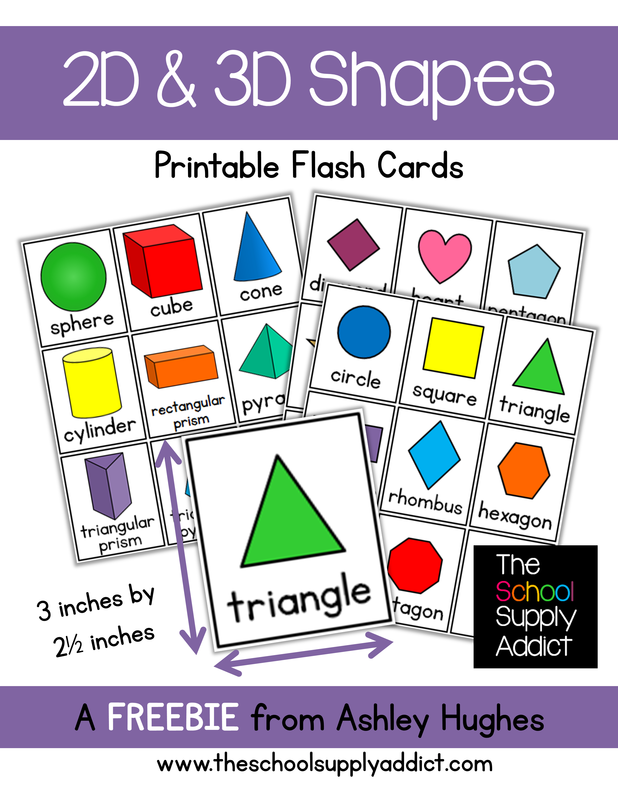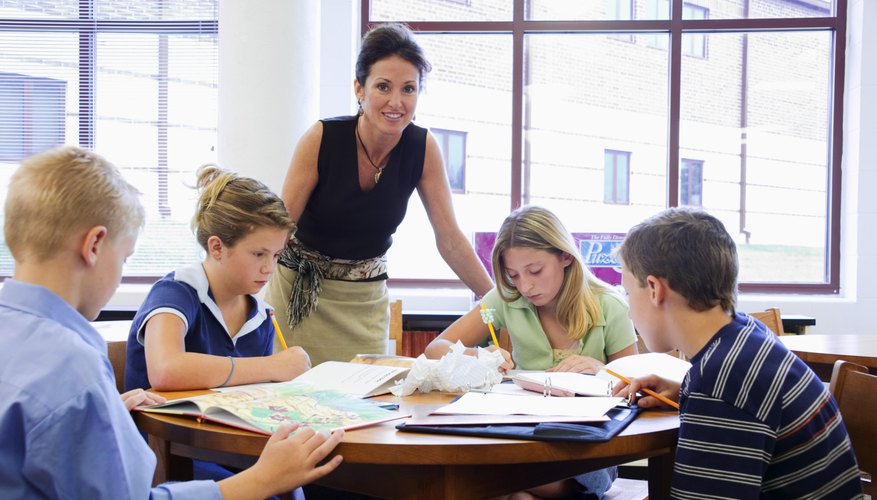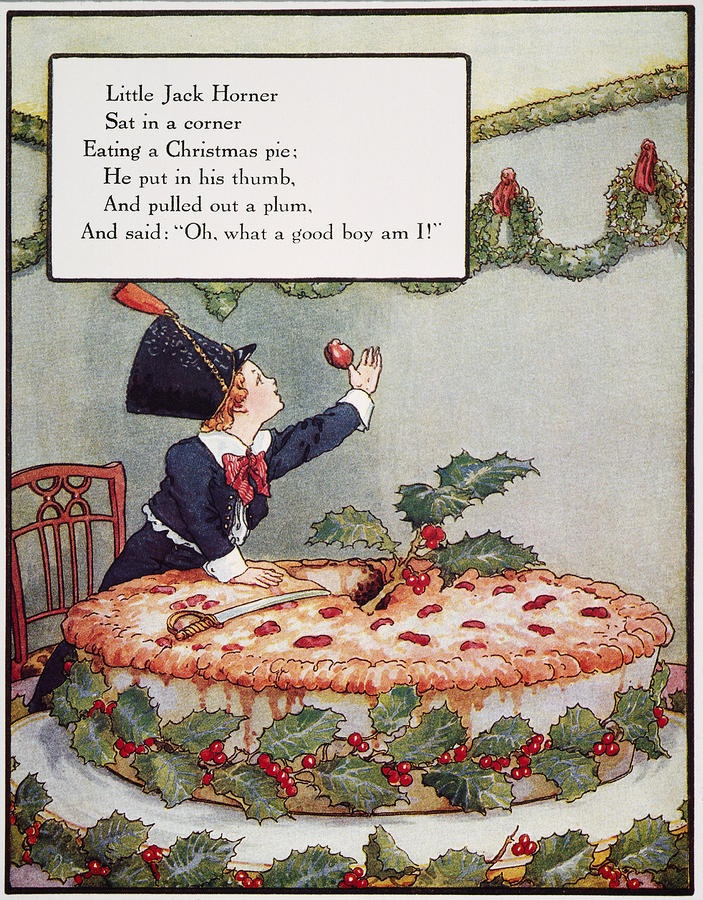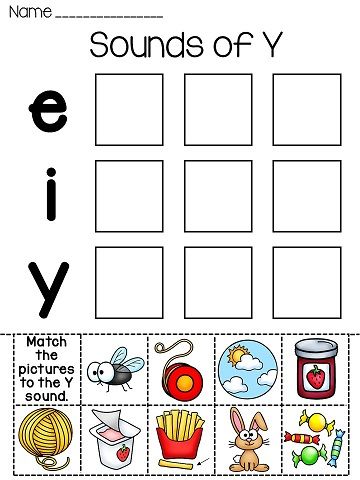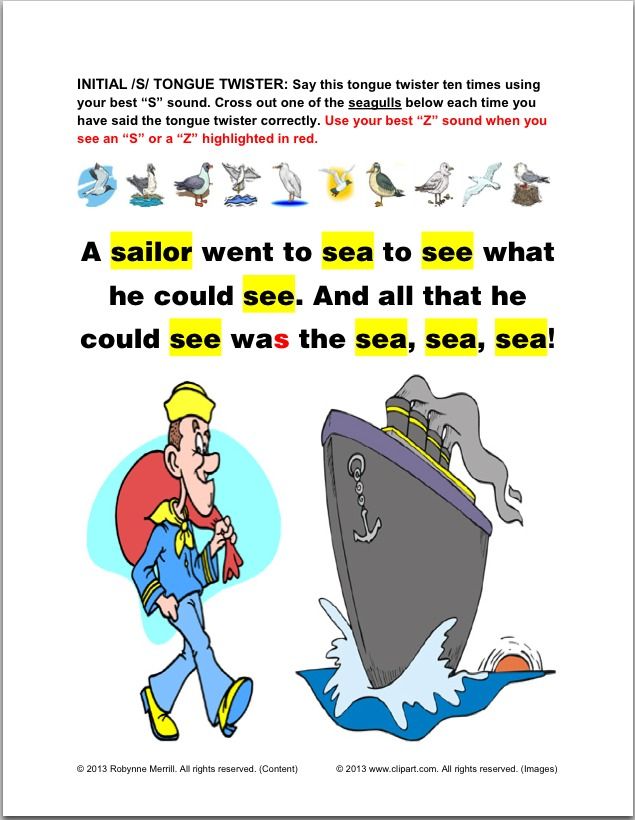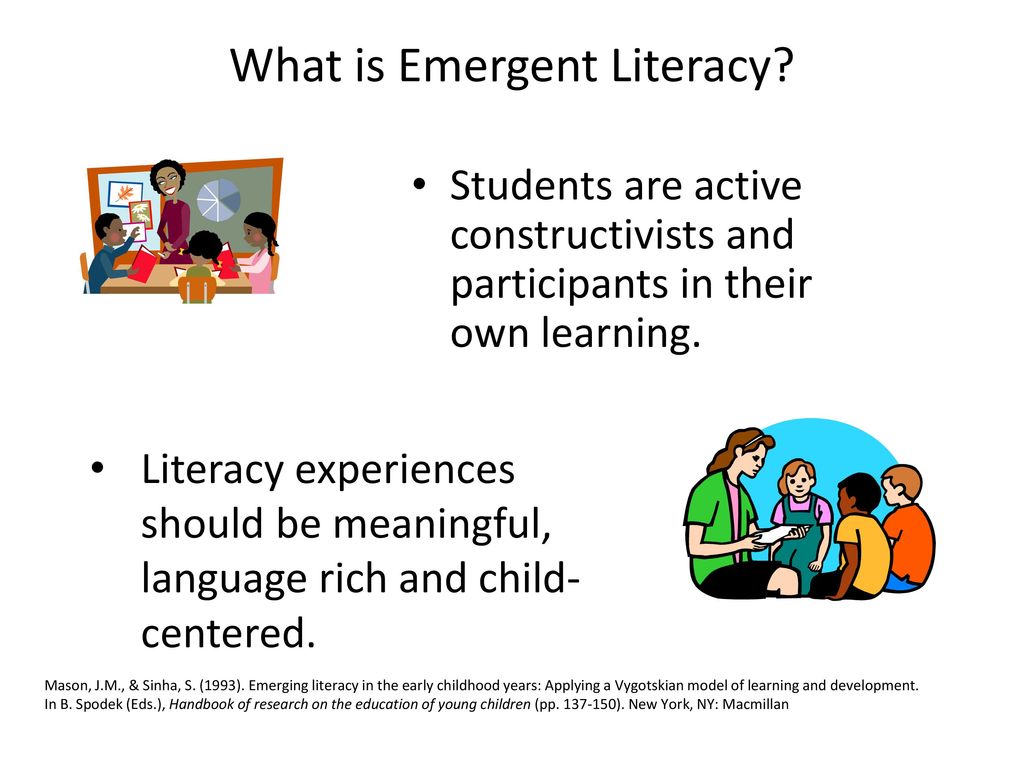Learning things for kids
34 Educational Indoor Activities For Kids
Photo credit header image: fizkes/Shutterstock.com
As a parent, your kids are the light of your life. Some of that light, however, can quickly start dimming when you’re forced to keep them indoors for days on end. This may be due to illness, school closure, or anything else that might spring up unexpectedly (like COVID-19), but no matter the cause, it’s important to know how to navigate this situation.
Photo credit: fizkes/Shutterstock.com
Even if you love them to bits and enjoy the time you spend together, instances that require you and the kids to remain indoors are more likely to leave you frazzled than calm, collected and resourceful. For this reason, we’ve come up with a list of educational indoor activities for kids that’ll keep you sane
, and your kids entertained during lockdown.
The following indoor activities were recommended by parents and childcare experts:
1.
Photo credit: Prostock-studio/Shutterstock.com
School and extracurricular activity time aside, it can be difficult to find time to impart necessary life skills to your children. The best time for doing this is during the holiday season, or during unexpected breaks in their school schedule. Simple things like learning how to type, how to surf the internet safely, how to do simple cooking, doing basic cleaning around the house, or even using a knife safely when eating are important. You can also do fun things like playing the piano, hula hooping, or singing. Whatever the skill is that you think your kids need to know, take the time to introduce it to them in a fun way at home.
Lena from What Mommy Does puts it this way: “I think this time we have our kids at home presents a unique opportunity to those of us who don’t homeschool to spend quality time teaching our kids life skills that will help them when they grow up and leave the house.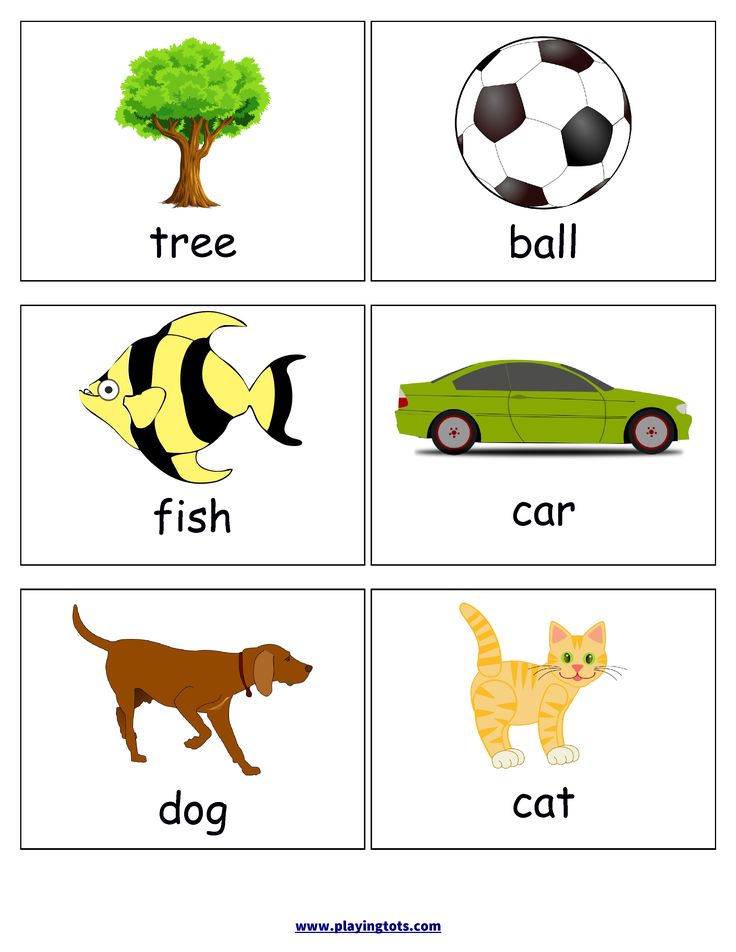 ”
”
She adds, “While I don’t dictate my children’s “fun” activities, I do have a list of things I personally want to teach them, and this includes
meal planning, making bread from scratch, cooking using only what’s in the pantry, washing clothes, mopping the floor, budgeting for necessities, and learning new skills.”
The Savvy Couple further elaborated on the importance of teaching kids life skills:
“These are skills that seem to have gone by the wayside that we think our kids will pick up as they go, instead of taking the time to teach them. The simple act of kids learning to tie their own shoes is a big one. As busy parents, we often move our kids quickly from one activity to the next. This means we either tie our kid’s shoes for them or use an easier type of shoe with no laces. Take the time to teach your kid a basic skill they’ll need for the rest of their lives.”
Check out The Savvy Couple’s Activities for Kids at Home listing for more helpful ideas!
Photo credit: GobMetha/Shutterstock.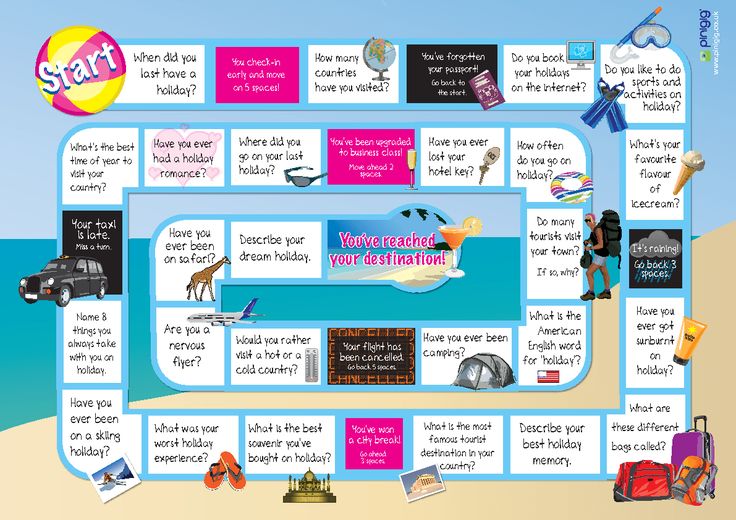 com
com
Bring back the good ol’ times with some nostalgic or traditional activities. This can range from relearning how to make a friendship bracelet to learning how to navigate a non-digital map. Even simple things like using sneakers with laces (as opposed to Velcro) sometimes need to be relearnt. Go with your gut on what needs to be reinforced or re-learned and fit in some time for a refresher course.
3. Alphabet Matching for younger children
Photo credit: Christopher Willans/Shutterstock.com
According to Carly from the Mommy On Purpose website, alphabet matching is a great learning activity for younger children. She details the process below:
“Teach them letters using a magnetic alphabet set and a cookie sheet. Write the alphabet on the cookie sheet using washable markers (or alphabet stickers) and have your kiddo match the magnetic letters to the letters on the sheet.”
Another option Carly recommends is writing the alphabet on the fridge.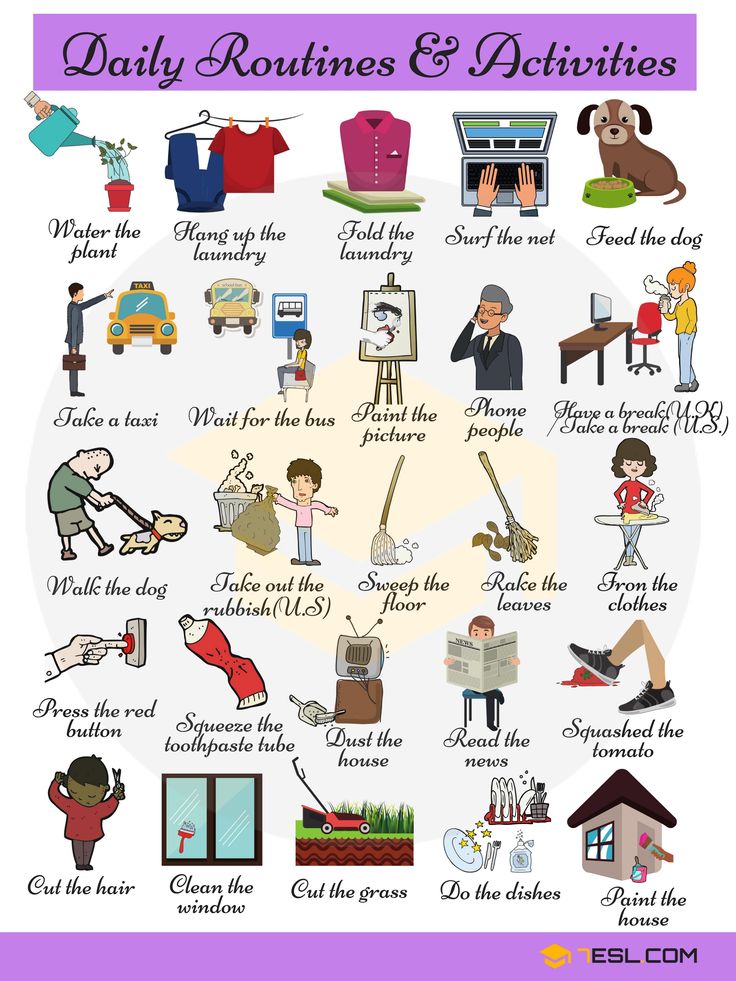
“Just check an inconspicuous place first to make sure those “washable” markers do in fact wash off!” she warns.
For preschoolers: “Just let them go at it and match the alphabet in any order. Congratulate them for the effort… say something like, “Yay, you matched the letter “D”!
For older children: “Ask them to do it in order (A-B-C-D) and work on what sounds the letter makes while they match it. If your child has a great memory and this is “too easy”, ask them to match randomly by sound only, phonetically - (“Can you match the letter that makes the sound mmmmmm”?).
4. Learn about a new country or culture
Photo credit: Leika production/Shutterstock.com
You don’t need to have travelled all over the world to be able to introduce your children to new countries or cultures. There are fun ways to let your kids experience different cultures without leaving your home, and this can include trying new cuisines, embracing the culture of new places through the reenactment of entertainment (singing and dancing), and learning the basics in terms of new languages.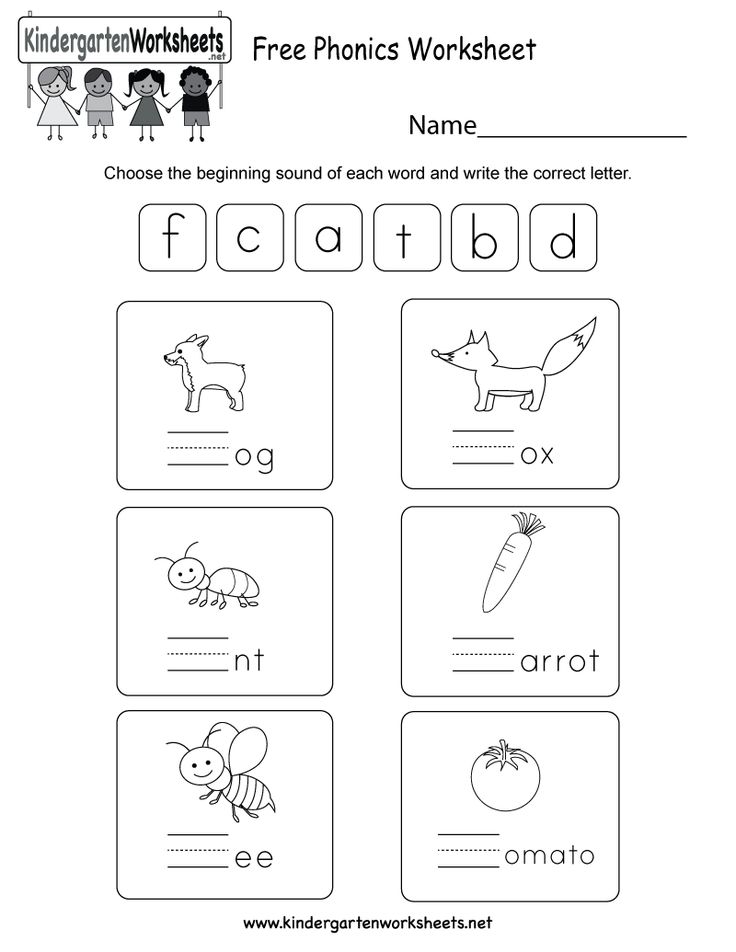 Play a game with your children by letting them blindly point out a place on a map, after which you all find a way to bring one aspect of that place into your home, if only for one day!
Play a game with your children by letting them blindly point out a place on a map, after which you all find a way to bring one aspect of that place into your home, if only for one day!
5. Teach them how to garden indoors
Photo credit: Ulza/Shutterstock.com
Gardening can help your children learn about where food comes from, and how things grow. If you and the kids must be indoors for a while, and can’t go outside to enjoy nature, consider creating an indoor garden. If you’re not sure where to start, there are many YouTube channels which detail this process, even providing advice on the easiest things to grow. To start off with, try regrowing vegetable scraps including lettuce, avocados, green onions, carrot greens, green peppers or celery.
6. Teach them how to cook and bake
Photo credit: fizkes/Shutterstock.com
The Savvy Couple recommends that parents take advantage of the educational opportunities that come with cooking together.
“You have math, health, independence, following directions, reading and so many more aspects you can bring in. Have your child research what they want to make. Help them with a budget to shop for the ingredients or find what they need in the pantry/refrigerator. Read through the ingredients and instructions and discuss with them different aspects of the recipe. Get out the measuring tools and have them do all the measuring, pouring and mixing. Cooking is a life skill they will also need for the rest of their life!”
7. Practice storytelling aloud and writing stories
Photo credit: Vasilyev Alexandr/Shutterstock.com
There’s a difference between reading aloud and reading in your head, and this is likely to be something you can work with your child on improving. Let them build their confidence and make use of their vivid imagination as they story tell straight from their head.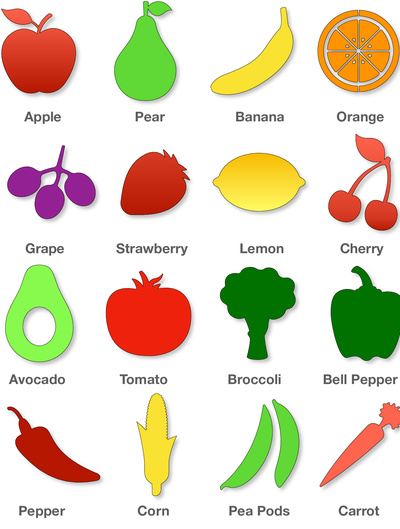 If this is a new activity, you can help them build the story until they’re more confident. Storytelling is a skill they can have fun with now and appreciate later. Get into the storytelling activity by asking questions when there’s room to do so. Afterward, try to help them get that story onto paper!
If this is a new activity, you can help them build the story until they’re more confident. Storytelling is a skill they can have fun with now and appreciate later. Get into the storytelling activity by asking questions when there’s room to do so. Afterward, try to help them get that story onto paper!
8. Teach them about uncommon spices for cooking
Photo credit: Bangkok Click Studio/Shutterstock.com
Go beyond just cooking with your children – introduce them to commonly used spices, and the differences between each. This will involve a lot of taste testing, and a way to get them even more involved is allowing them to help select recipes to make together. Even the pickiest eater may be a little more willing to try new things, especially if they cooked it up themselves!
9. Create a family time capsule
Photo credit: Monkey Business Images/Shutterstock.com
Create something you can look back on in a year, or even as far off as ten years with your own family time capsule.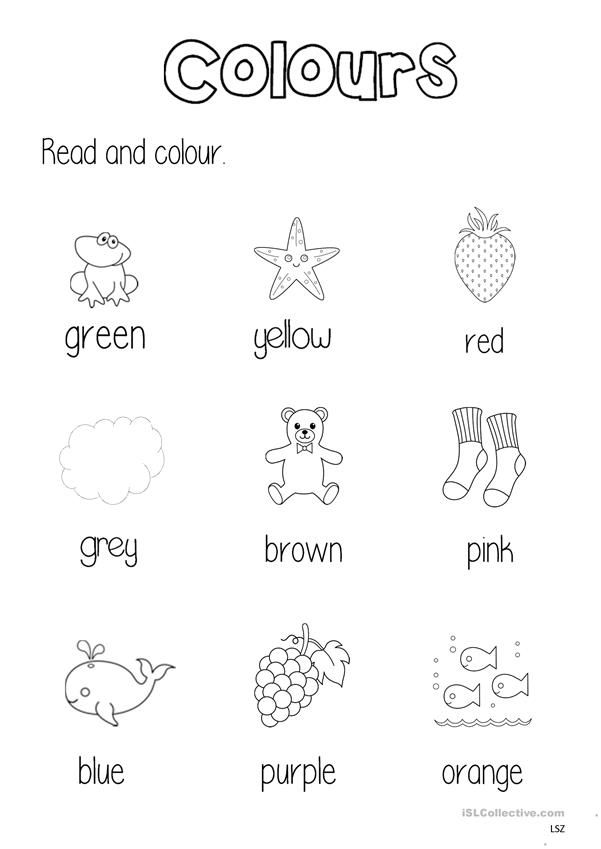 You can include photos, letters, lists of best local spots, favorite foods, or even a magazine or two. The kids can also write and toss in the names of some of their best friends and most loved toys to look back on later. DIY capsules can be made by placing these items into a box, bottle, or a paper bag. Hide it away somewhere safe and set a date to open it up!
You can include photos, letters, lists of best local spots, favorite foods, or even a magazine or two. The kids can also write and toss in the names of some of their best friends and most loved toys to look back on later. DIY capsules can be made by placing these items into a box, bottle, or a paper bag. Hide it away somewhere safe and set a date to open it up!
10. Read a new (or old) book together
Photo credit: Monkey Business Images/Shutterstock.com
Whether your little ones are strong readers or they’re just getting started, reading is a great way to bond and help them build their vocabulary. Reading with you may give them a different perspective on a story they’ve read before, and you’ll enjoy the snuggle time together!
Rese Buse from the lifestyle blog Tiaras & Tantrums recommends going a step further for younger school-aged children by creating a curriculum around a book.
“Simply select a book and create assignments around the book in each subject.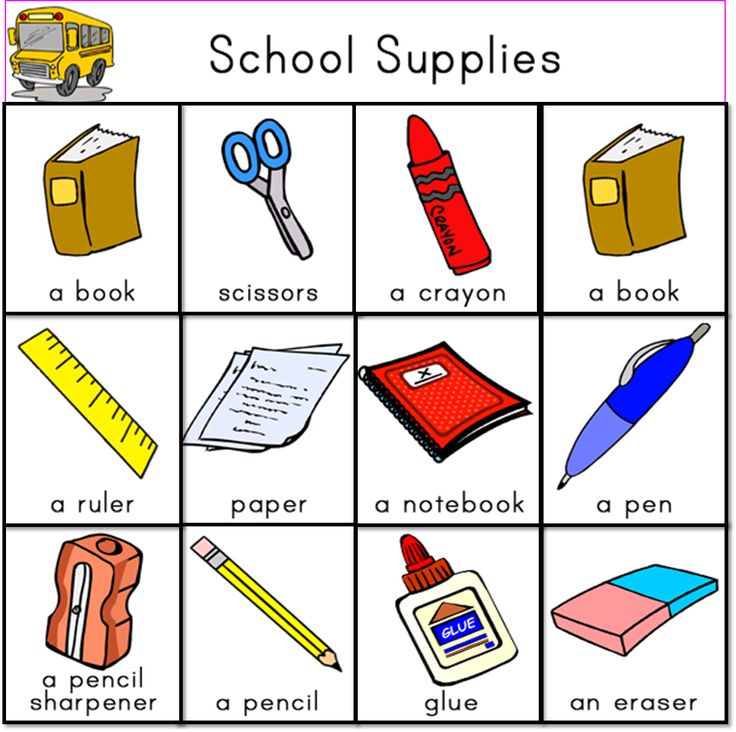 It is very simple to create 10-12 different activities based on one book,” she notes. These assignments can be science, math, or even art oriented, which will help your kids learn while enjoying a good book.
It is very simple to create 10-12 different activities based on one book,” she notes. These assignments can be science, math, or even art oriented, which will help your kids learn while enjoying a good book.
For more Tips for Remote Home Schooling During Emergencies check out Rese’s blog!
11. Start a new craft project
Photo credit: VGstockstudio/Shutterstock.com
Craft is always a good idea if you want to keep the kids busy while they’re at home. While this is a popular at-home activity for many parents, Maggy from Red Ted Art says “finding the right kind of activity” is key. This means that whatever you do should be age appropriate. She also advises parents to “manage your expectations”.
“With younger kids there are lots of Preschool Crafts you can try out,” she says. “Go for easy ideas that will really engage the children and help develop cognitive and fine motor skills – you can also introduce things such as color theory and shape activities.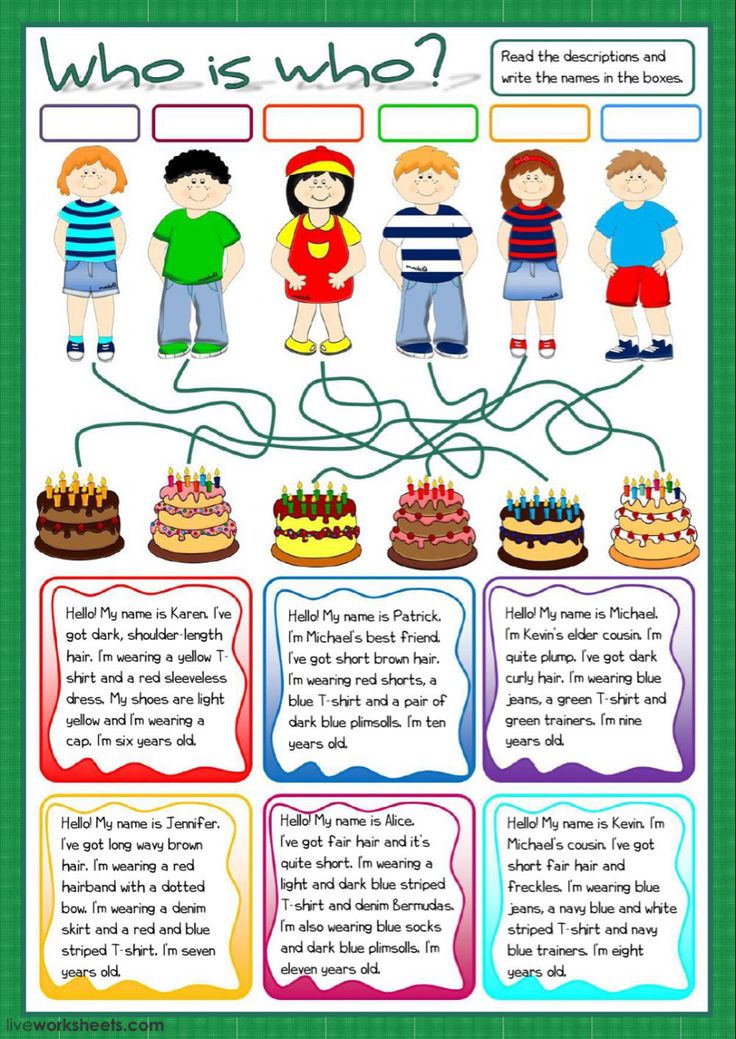 ”
”
If your kids are under 5, Maggy advises parents to remember that the goal is to work together.
“Few under 5’s can truly work independently,” she says. “So you will have to set the time aside to work with them. It’s a good idea to pick out projects you can make together that they can then play with. Our toilet paper roll characters are great for this, or maybe something like a DIY Dolls house that you can add to over time.”
For kids 8 and over Maggy says parents should look towards getting into projects that encourage “independent crafting”, while for those between the 5-8 year mark, parents should help as much as possible, while still taking cues to know when to let them work independently.
Tip: Stock up on all the necessary supplies before getting into a craft project. This will cut out the need for spontaneous trips to the craft store with the kids.
Oh, and if you run out of ideas, Pinterest can help!
12. Teach them how to paint or draw
Photo credit: Tania Kolinko/Shutterstock.com
Creativity is something many children are born with, but this can also be encouraged through immersion. If you’ve tried quilling or making origami hearts for special occasion cards, the next step might be teaching the kids how to draw or paint. Feed their imagination by teaching them what a pencil and a paint brush can do. Chances are, you’ll be surprised by how quickly they learn!
13. Play some old educational board games (or puzzles)
Photo credit: David Prado Perucha/Shutterstock.com
Board games and puzzles, especially educational ones, are great for reducing screen time for kids of all ages and can help with family bonding.
Kirsten Maxwell from Kids Are A Trip notes, “As a parent of three teens, the biggest battle (when indoors) is getting them off their devices. We find time every day for family time, trying activities like tennis, one-on-one walks in our neighborhood, family game time, and even baking together. I’m trying to teach my kids life skills they might not be learning in school.”
We find time every day for family time, trying activities like tennis, one-on-one walks in our neighborhood, family game time, and even baking together. I’m trying to teach my kids life skills they might not be learning in school.”
In terms of educational games to make use of the time, try games like Yahtzee, Scrabble and chess. Also get a few puzzles which are great for problem solving. Other lessons puzzles can help teach include patience, recognition of shapes, and delayed gratification. If parents will be involved, look for more complex puzzles.
14. Lego kits
Photo credit: LightField Studios/Shutterstock.com
Putting all those tiny Lego pieces together is something best suited for older kids. This will seem more fun than educational to them, but little do they know the levels of creativity that are being encouraged through the process. This activity can also improve fine motor skills, problem-solving and other areas tied to overall brain development.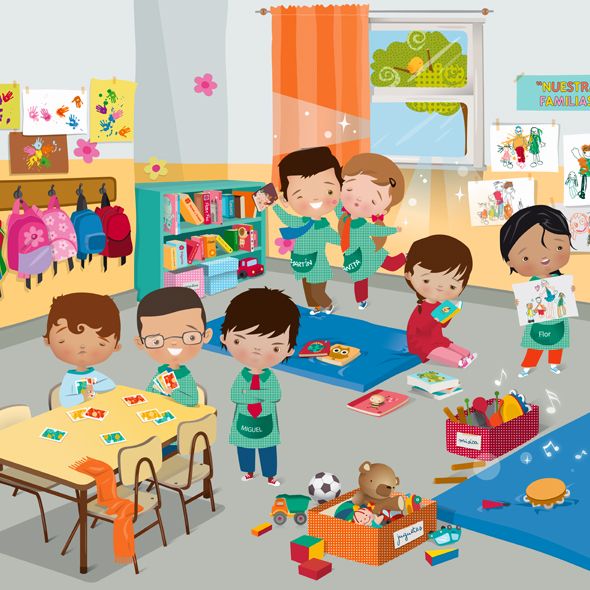 You can purchase a basic Lego set, or a themed set featuring anything from Disney’s Frozen to Star Wars.
You can purchase a basic Lego set, or a themed set featuring anything from Disney’s Frozen to Star Wars.
15. Open a workbook that feels more like a play book
Photo credit: LightField Studios/Shutterstock.com
The best workbooks won’t even feel like work at all, and this is the case for many of the fun and educational workbooks available from Houghton Mifflin Harcourt. This will keep the kids quiet for a while, but they certainly won’t be bored – you may even have to ask them to take a break, or to leave some for later! Houghton Mifflin Harcourt’s Achieve! Workbooks have vibrant colors, humor, and captivating photos, and can be downloaded for free online.
16. Become a bird watcher and feeder
Photo credit: Jack Frog/Shutterstock.com
Teach your kids about responsibility and compassion through the simple act of allowing them to feed birds right in your front yard. All they’ll need to do is leave food out for the birds via the feeder (if you have one) every day.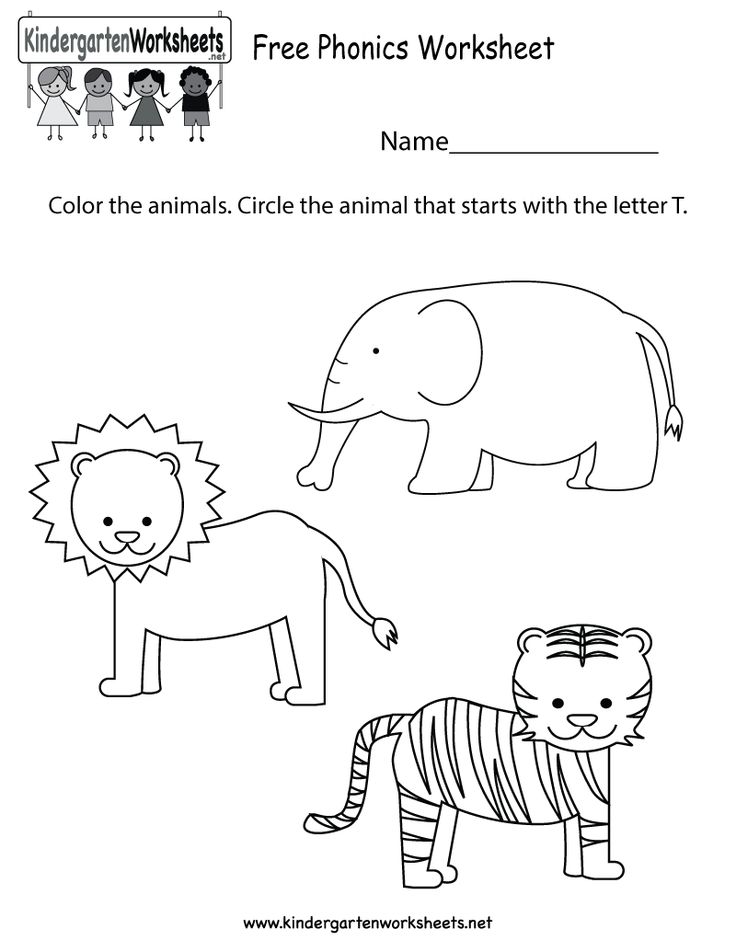 If you don’t have a birdfeeder, you can make one yourself with the help of your kids. While the birds are feeding, you can all scope for species you recognize. Encourage the kids to take lots of photos of the birds or try some sketching. Later, you can check out the Bird Watcher’s Digest for more intricate details.
If you don’t have a birdfeeder, you can make one yourself with the help of your kids. While the birds are feeding, you can all scope for species you recognize. Encourage the kids to take lots of photos of the birds or try some sketching. Later, you can check out the Bird Watcher’s Digest for more intricate details.
17. Become a fish watcher
Photo credit: Pixel-Shot/Shutterstock.com
Much like bird watching, fish watching is an interesting pastime that’s free. Consider getting your kids a couple of fishes so they can learn about what fishes do day to day. If you don’t think they’re ready for the responsibility that comes with having a fish as a pet, you can also stream a live feed of the National Aquarium where they’ll be able to watch fishes swim about to their heart’s content.
18. Watch the NASA livestream with them
Photo credit: Monkey Business Images/Shutterstock.com
Spaceships, far off planets, astronauts and aliens… all of these are likely to be intriguing to your child.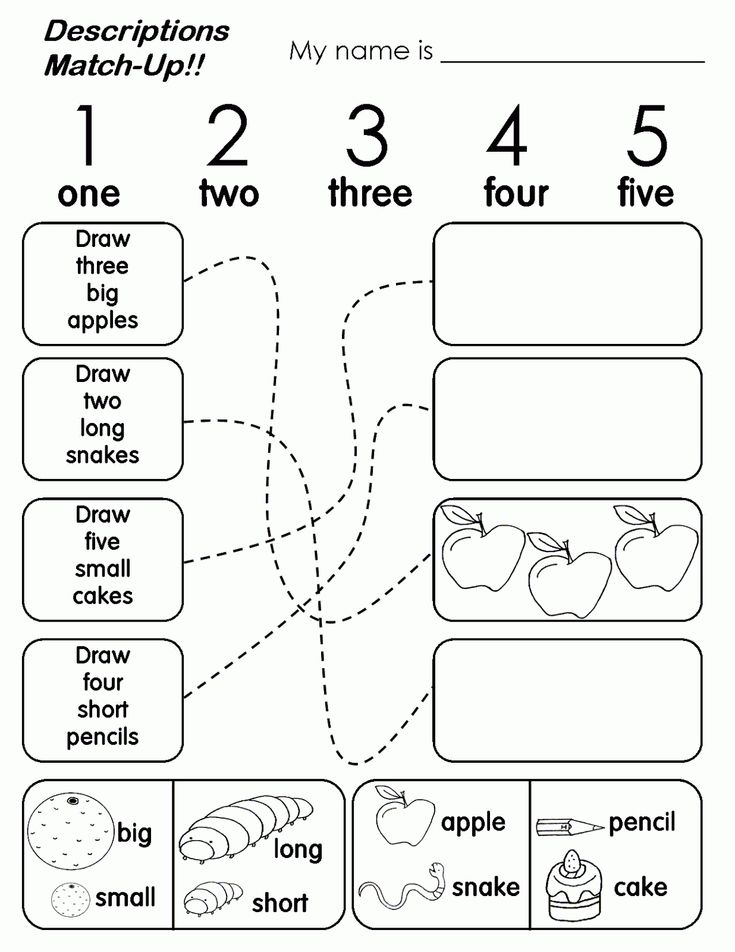 They’ll likely have lots of questions about the whole process of astronauts going up to space, and then some. Satisfy their curiosity – well, at least some of it – by letting them watch a NASA Live Stream which often features views from the International Space Station (ISS). If you’re lucky, you may even be able to see astronauts moving around in their space suits!
They’ll likely have lots of questions about the whole process of astronauts going up to space, and then some. Satisfy their curiosity – well, at least some of it – by letting them watch a NASA Live Stream which often features views from the International Space Station (ISS). If you’re lucky, you may even be able to see astronauts moving around in their space suits!
19. Teach them about the undersea world, coral reefs and why they are important
Photo credit: fizkes/Shutterstock.com
What can rival learning about the undersea to introduce your children to something worlds apart from what they see every day? The great thing about this lesson is that you won’t even have to leave your house, as there are lots of educational programs you can tune in to with your kids. You can teach your children about the different species of fish, coral reefs, overfishing, pollution, and any number of topics that will likely come in handy when they’re back at school.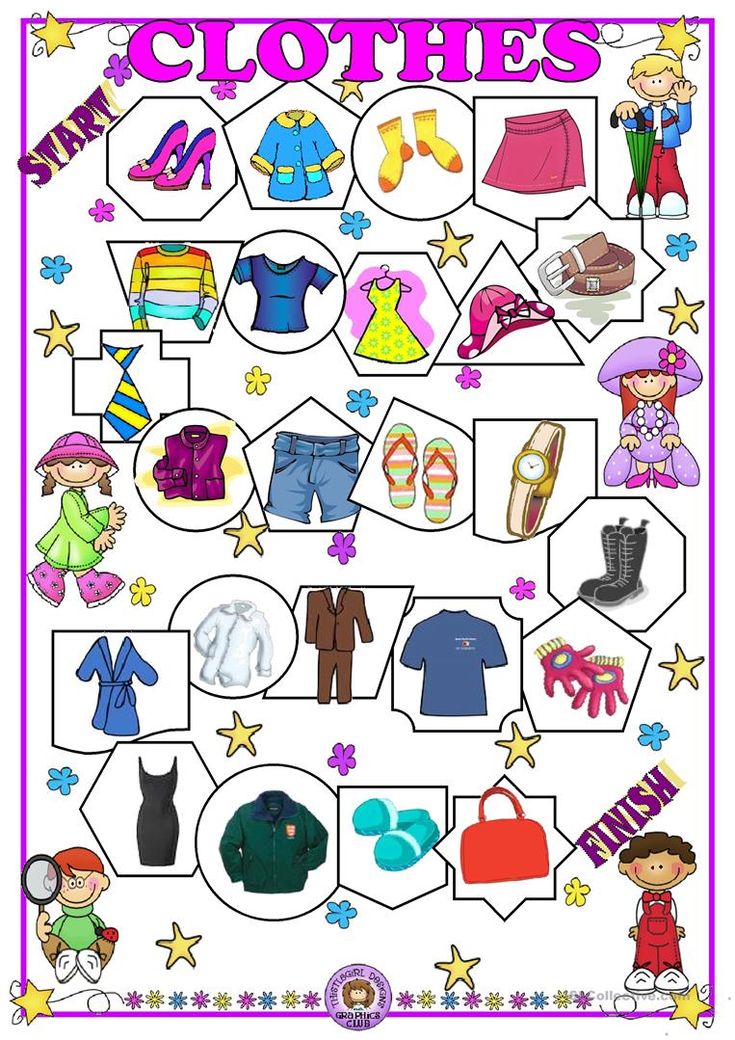
20. Write thank you cards
Photo credit: Lucky Business/Shutterstock.com
Is there anyone you’ve been meaning to send a ‘thank you’ card to, but haven’t found the time? Is there someone your child would like to give a well-meaning card to? If either of these questions was answered with a yes, then this might be a great project for you to get into with your kids. You can make this into a DIY project where the kids get to decorate their own cards. Stock up at the art supply store beforehand!
21. Origami
Photo credit: Dragon Images/Shutterstock.com
Origami is associated with Japanese culture, and the process of making origami is very hands-on. Your children will love an opportunity to learn more about this art form which will stretch their imagination and inspire them. For this process, all you’ll need is a few sheets of colored paper, which will make it possible for your kids to make just about any paper animal under the sun.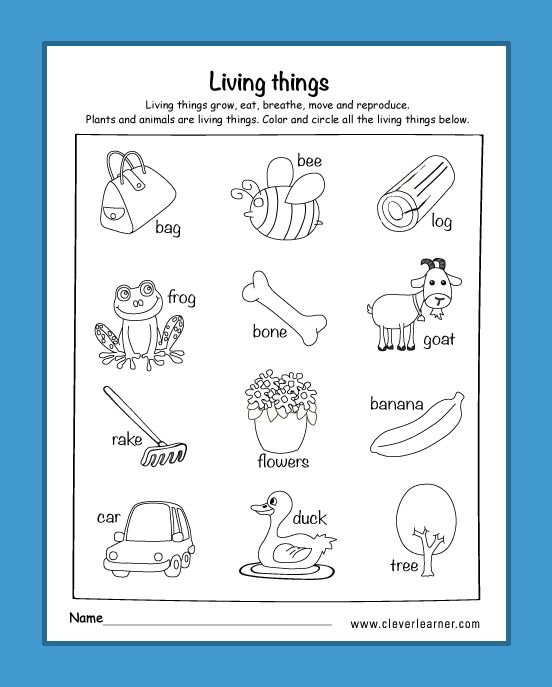 Origami making can help improve fine motor skills and brain development. During the process of making origami art, younger kids will be exposed to a world of colors!
Origami making can help improve fine motor skills and brain development. During the process of making origami art, younger kids will be exposed to a world of colors!
22. Make multiplication fun
Photo credit: NadyaEugene/Shutterstock.com
Math can be hard, but math at home can be a little less stressful. This is especially true when you allow kids to learn things like multiplication through play. Fun ways to do this is by playing games like baseball multiplication which involves flashcards, playing ‘rock, paper, scissors’ with a twist where kids are required to multiply the fingers that come up, or even playing a few rounds of multiplication wars with playing cards. Youngers kids may find it super fun to simply hop around on one foot and see how far they can get counting by 2s, 3s, or even 4s!
23. Perform basic scientific experiments at home
Photo credit: KIRYAKOVA ANNA/Shutterstock.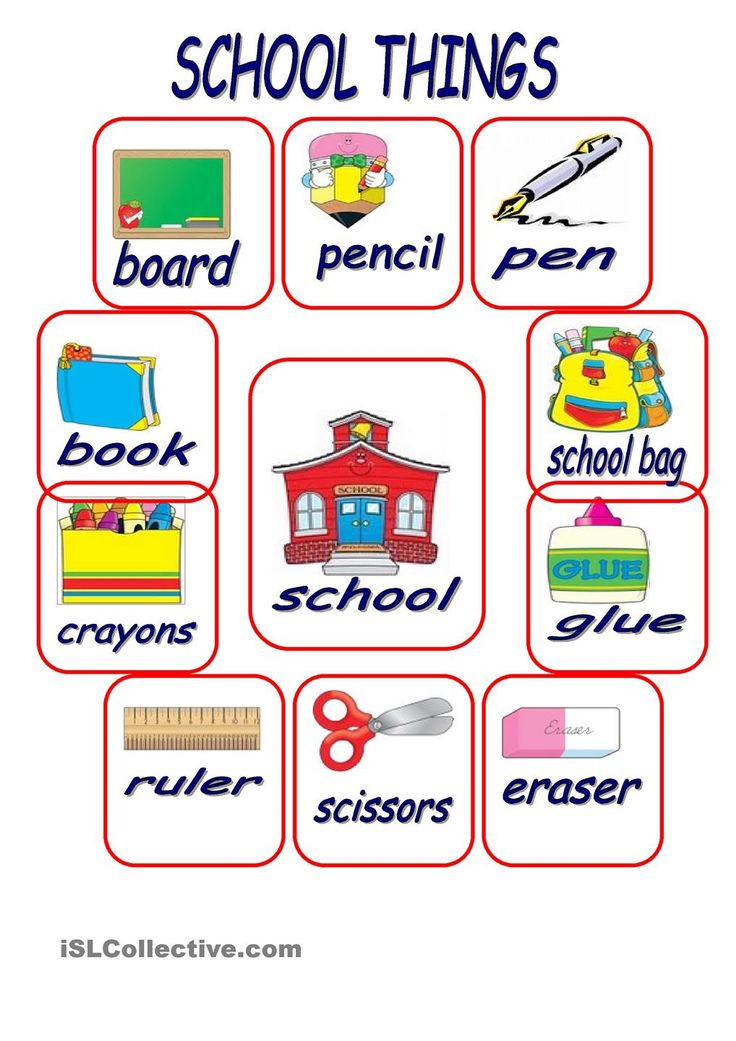 com
com
Though many children find science to be one of the harder subjects, doing this at home can help your child learn how to translate scientific ideas and methods to real life. If your kids already love science, they’ll be over the moon to try fun projects which can include growing salt or sugar crystals on a string, learning about reflection and refraction, and doing density experiments. With the latter, try using a jar with honey, water and oil in equal parts and have your child add various items to see which ones sink or float!
24. Learn a new language
Photo credit: fizkes/Shutterstock.com
Nowadays, kids don’t necessarily need to be planted in a foreign space to learn a new language – there are lots of web platforms and apps parents can introduce them to which make learning a new language fun. As you learn together, try to speak the new language around the house. Your kids will love this form of ‘secret’ communication.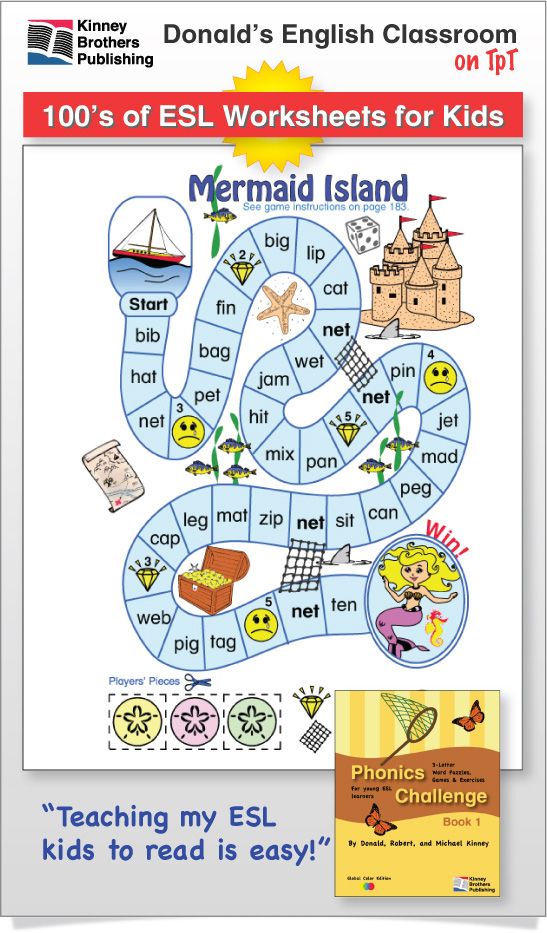 Try the When I Grow Up app, or the Count the Animals app for younger kids. You can also learn ASL (American sign language) with your children!
Try the When I Grow Up app, or the Count the Animals app for younger kids. You can also learn ASL (American sign language) with your children!
25. Help them learn hard subjects that may not be learned in school
Photo credit: Potstock/Shutterstock.com
Consider subject areas your kids aren’t already learning about in school and give them an at-home introduction. Try focusing on topics that address frequently asked questions, like where do babies come from? You can also discuss racial inequality, and how to deal with the loss of a loved one, with older kids. Talk about these things using simple language that your child can understand – don’t underestimate their ability to share feedback or ask thought provoking questions.
26. Download educational printables
Photo credit: Ekpluto/Shutterstock.com
There’s plenty of online material available to help you create conducive learning conditions inside your home.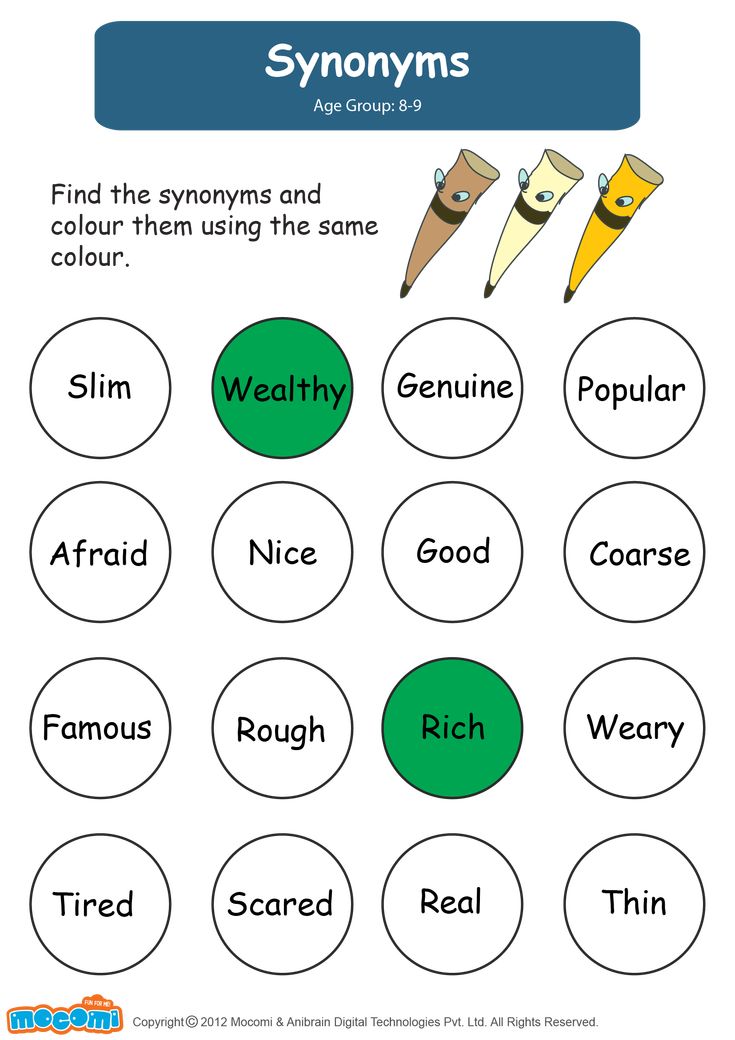 Whether you need a simple worksheet (like those available on Education.com), or something craft oriented, you’ll just need to do a search to find the options that work best for the project you have in mind. You can also download free PDF versions of educational workbooks from publishers like Houghton Mifflin Harcourt, which will help keep your kids occupied and in learning more.
Whether you need a simple worksheet (like those available on Education.com), or something craft oriented, you’ll just need to do a search to find the options that work best for the project you have in mind. You can also download free PDF versions of educational workbooks from publishers like Houghton Mifflin Harcourt, which will help keep your kids occupied and in learning more.
27. Watch an awesome documentary
Photo credit: nd3000/Shutterstock.com
Documentaries have a way of taking you into a whole new world, and since the kids are home, you can take them with you this time around. Take a break from the home schooling, make some popcorn and get cozy as you get sucked into a kid-friendly TV space. The Disneynature: Earth documentary is highly recommended, as are compilations you can stream through Netflix or other mediums, like Spellbound, Penguins, and Winger Migration.
28. Spend screen time smarter and teach them the importance of low screen time
Photo credit: fizkes/Shutterstock. com
com
Limiting screen time is important for the holistic development of your child. If you’re from a household where screen time rules are lax though, keep in mind that when you switch things up, there are likely to be protests. As far as screen time goes though, the younger the child the less they should be watching – and that certainly does not suggest that older kids have free reign to do as they please! Try diverting the need of your kids to be glued to the screen with more educational activities that can be done offline.
Tip: Want to find out more about the importance of setting screen time limits in your home? Check out our post which details 12 Effective Expert Methods To Limit Screen Time For Children.
29. Teach them about charity and kindness
Photo credit: wavebreakmedia/Shutterstock.com
Being kind and charitable are traits kids can learn to emulate from their parents. You can emphasize the importance of these characteristics by explaining to your kids how they can help make life better for others.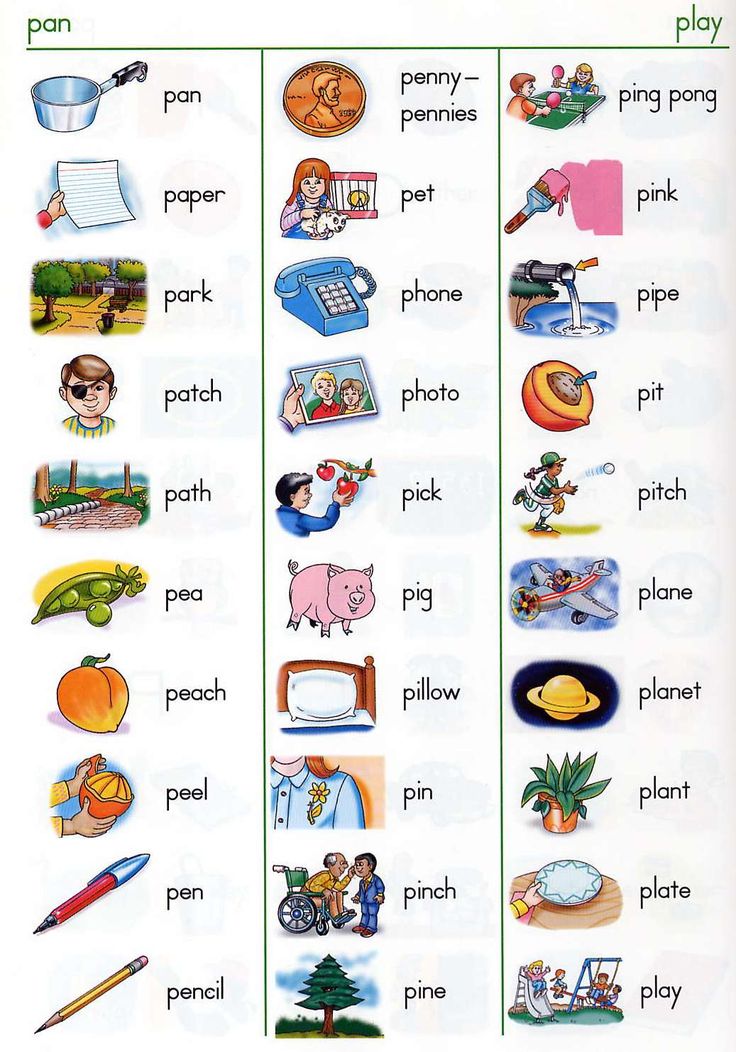 With that said, one of best ways to encourage charity is by getting children involved when you sort out clothing items or toys they have outgrown. Have set times of the year where you donate to charity and be sure to get your kids involved in the round-up process of putting together these items for donation. You can even let them search for a charity they like (older kids) so they can potentially get more involved later.
With that said, one of best ways to encourage charity is by getting children involved when you sort out clothing items or toys they have outgrown. Have set times of the year where you donate to charity and be sure to get your kids involved in the round-up process of putting together these items for donation. You can even let them search for a charity they like (older kids) so they can potentially get more involved later.
30. Teach them about being resilient
Photo credit: GingerGiraff/Shutterstock.com
Resilience is important, especially in uncertain times. One of the people who highlights the importance of fostering this trait is Amy McCready, Founder of PositiveParentingSolutions.com and author of The “Me, Me, Me” Epidemic: A Step-by-Step Guide to Raising Capable, Grateful Kids in an Over-Entitled World.
Recently in a Facebook video centered on Positive Parenting Solutions, the author spoke about what parents can do at home with kids during school closures.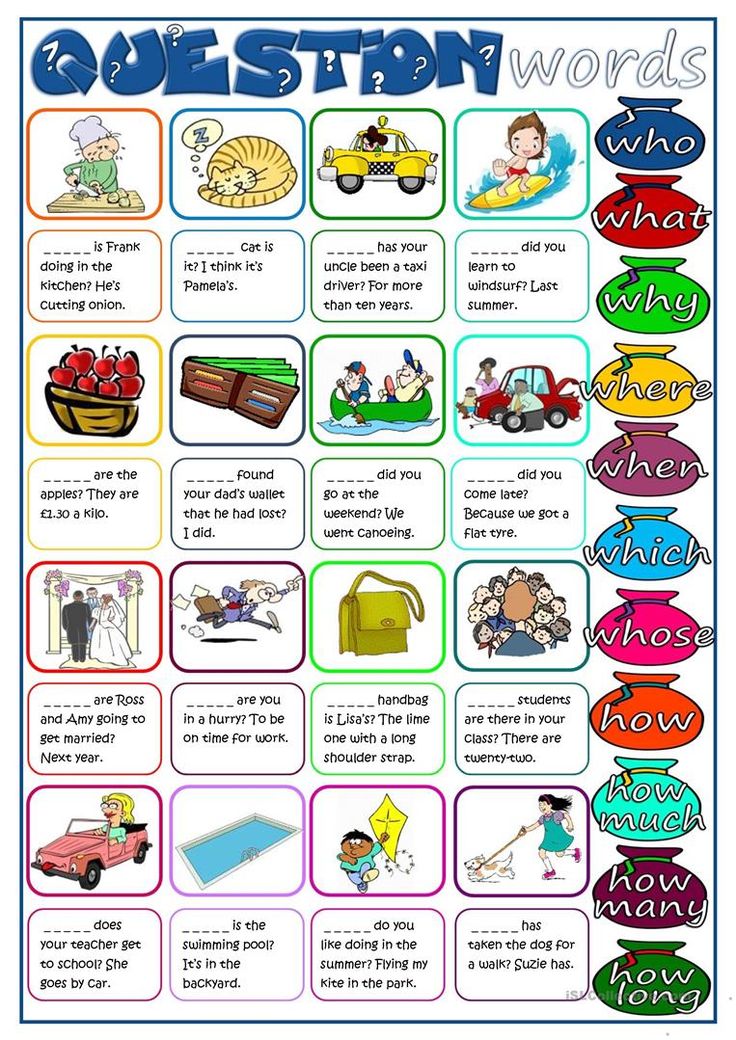 Teaching kids’ resilience, which is by definition the ability to recover quickly from difficult situations, was at the forefront of the conversation.
Teaching kids’ resilience, which is by definition the ability to recover quickly from difficult situations, was at the forefront of the conversation.
31. Teach them the basics of sewing
Photo credit: Tatyana Vyc/Shutterstock.com
It’ll be easier to teach older children to sew, what with the art of threading a needle and all. This will appeal to children who like being able to do things on their own, and especially those with an interest in fashion. Maggy from Red Ted Art recommends teaching kids to sew, noting: “It will take longer at first, and then they can work on projects independently. This can keep them busy for long periods of time.” Sewing is also a skill that will come in handy later, like when they get to college, and need to quickly patch up a cherished clothing item.
32. Teach them the basics of knitting
Photo credit: PR Image Factory/Shutterstock.com
Similar ‘rules’ apply for sewing and knitting, in that this is an activity which is best suited for older kids. Maggy from Red Ted Art recommends knitting in a group, or sitting side by side and working on a knitting project together.
Maggy from Red Ted Art recommends knitting in a group, or sitting side by side and working on a knitting project together.
“What’s fun about this exercise is that once they get the hang of it, you can help them put their projects together and they can either wear or use what you both made,” Maggy adds.
33. Teach them how to relax
Photo credit: fizkes/Shutterstock.com
Knowing how to relax is a skill everyone needs, and kids are not excluded. Bouncing off the walls seems a regular state of being for most kids, but this state of being tends to get old quickly. You can teach your kids though that taking it easy has benefits, including greater concentration and lower stress levels. If you’re into yoga, you can do a group session with your kids, or try guided meditation. Not only can these activities help them reel in their boundless energy, but they also help with increasing flexibility and overall fitness.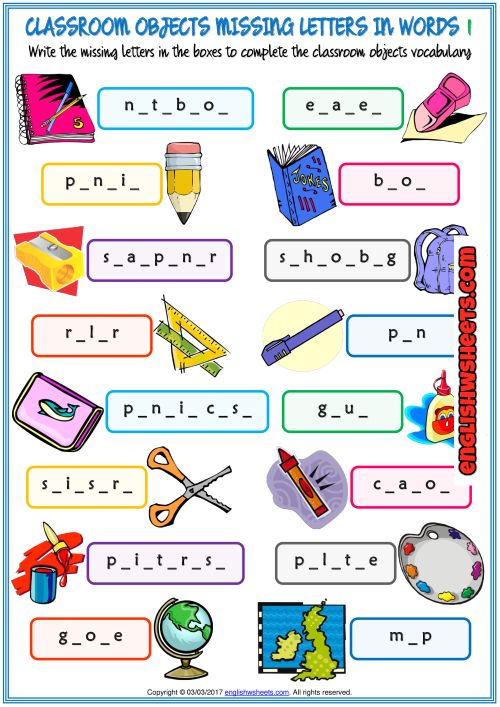
34. Practice cursive or calligraphy
Photo credit: Stephen Denness/Shutterstock.com
Calligraphy and cursive are art forms related to writing, and this may or may not be something your kids are familiar with. In the age of texting and computers, very few people even pay attention to this at all, but you can teach your kids to appreciate both cursive and calligraphy. Older kids especially will catch on quick, while younger kids will have fun trying to form the different letters. You can look up an online course for calligraphy, which will be a useful skill for everyone involved!
Take heart… normalcy is around the bend!
Whatever it is, the thing that has you and the kids locked indoors for longer than usual is sure to get back to normal in time – and then of course, you’ll be back to missing your little munchkins while they’re at school. Enjoy the extended time together while it lasts!
Bonus tip: Go on a well-deserved all-inclusive family vacation to the Caribbean, when all of this is over! Beaches Resorts features three all-inclusive resorts with spectacular water parks and a prime location on a tropical beach.
All resorts are located within a 2-hour flight from United States borders.
Beaches offers Kids Camps, lots to do for both parents and kids and even Sesame Street® characters, and nanny services. The best thing: unlimited food, drinks, water sports, the water park - it is all included in your stay!
700+ Learning Activities for Kids [Hands On] All Ages
Play and learn! That is why we love to create and curate the best learning activities for kids. Hands-on learning helps kids understand, remember and process…oh, and it is fun!
Put down the textbook and get some hands-on learning through play! Here at Kids Activities Blog we are big champions of fun. We know that when kids learn something through an activity or craft, they will remember it longer, process it more fully and have more fun.
Learn through play by choosing from over 700 educational activities for kids!Educational Activities for Kids
Many of our learning activities are used in classrooms and homeschool lessons, but don’t stop there! These are just plain fun.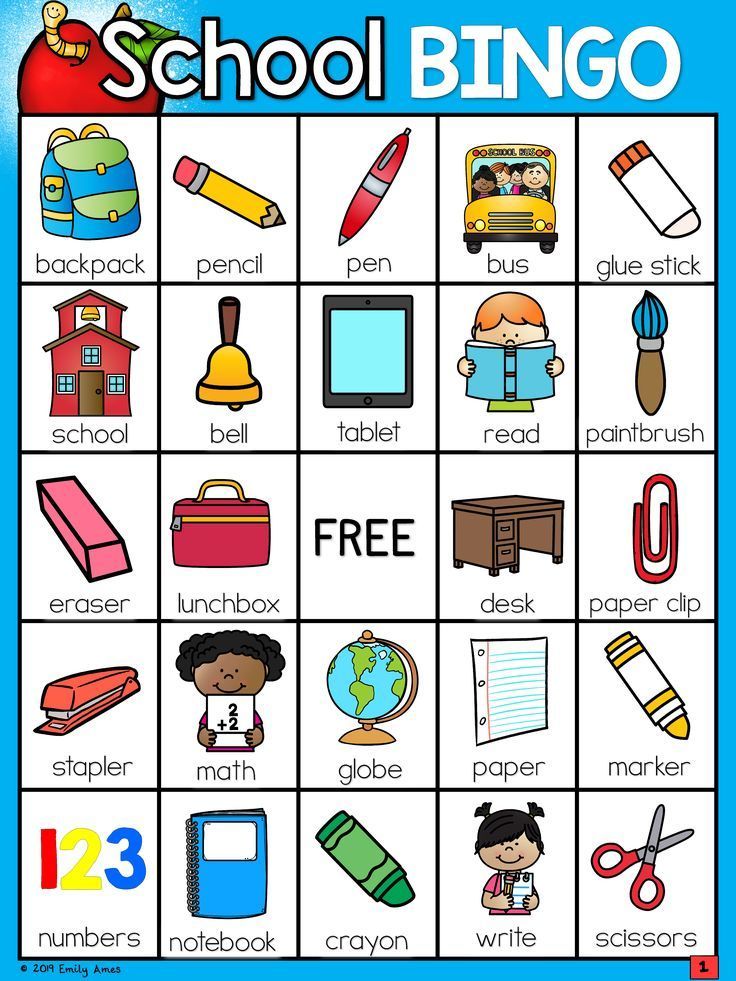 They make the perfect after school, rainy day or “mom I’m bored” activity too!
They make the perfect after school, rainy day or “mom I’m bored” activity too!
Reading, writing, STEM, Science and so many other things can be learned through play.
What makes it even more fun is that kids of different ages can learn and play together.
Reading for Kids
Explore books, reading and play games! Learning to read is an incredibly important skill for kids which can seem challenging for many children. We have reading activities, reading games and reading tips to make it easy to gain reading skills. Reading is fun and opening the adventure for kids is key to their reading level development.
Check out all our reading activities: Reading for Kids
Do you have a favorite book? Or want to explore reading beyond the pages? Check out over 40 resources on books for kids!
Learn Colors, Letters, Numbers & More
These essential preschool skills allow future success in school and are the foundational building block on so many lessons. Here are some resources to teach kids colors, letters, numbers and more…
Here are some resources to teach kids colors, letters, numbers and more…
- Over 140 ways to learn colors
- Find ways to learn numbers with math activities for kids
- 155+ Alphabet for kids – activities, games & crafts for every letter of the alphabet!
- Preschool activities – over 1200 fun things to do with a preschooler
- Kindergarten ideas – almost 1K fun ways to play and learn including worksheets for Kindergarten.
File Folder Games
File folder games are perfect to make with and for kids because they put all the learning fun into one place…a file folder! And because they are in a file folder, they are easily stored for future learning. Teachers, homeschoolers and parents use file folder games to create educational activities for children to play.
Alphabet Letter Learning Center for Kids
Every single letter has a learning center here at Kids Activities Blog devoted to worksheets, spelling words, sight words, crafts and activities…and more!
- Letter A
- Letter B
- Letter C
- Letter D
- Letter E
- Letter F
- Letter G
- Letter H
- Letter I
- Letter J
- Letter K
- Letter L
- Letter M
- Letter N
- Letter O
- Letter P
- Letter Q
- Letter R
- Letter S
- Letter T
- Letter U
- Letter V
- Letter W
- Letter X
- Letter Y
- Letter Z
Our Top Educational Activities for Kids
- Best workbooks for preschoolers.
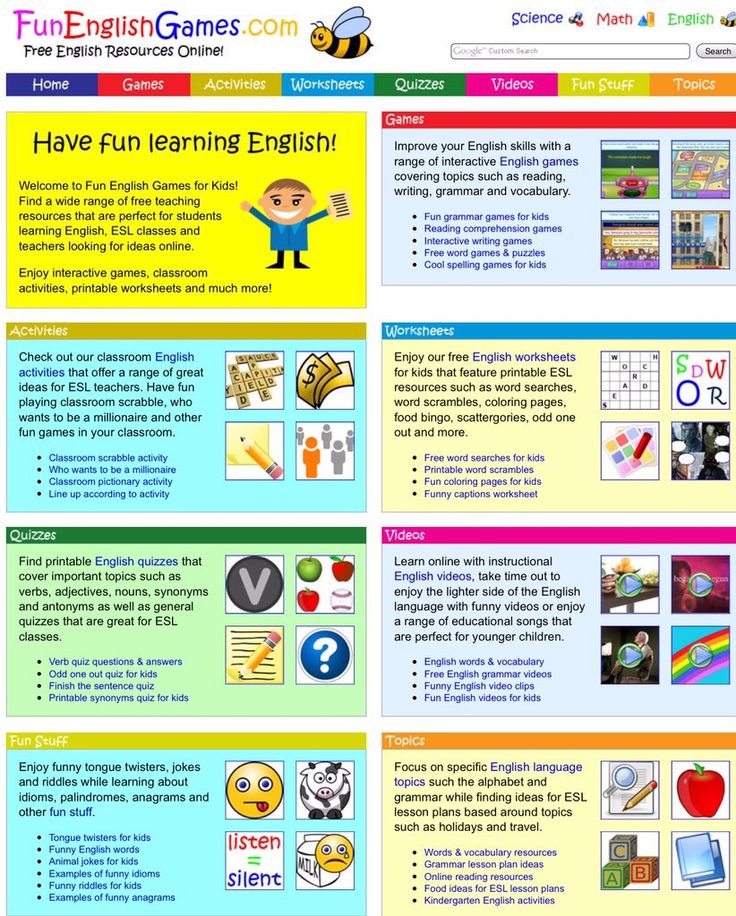
- Barnes and Noble summer reading program that we love.
- Sesame Street books <–big list of free online books for kids.
- A nostalgic book club that just keeps running…have you checked into the Scholastic book club for your kids or students?
Keep browsing the hundreds of fun ways that you and your child can learn together with hands on learning play…
End of content
End of content
teaching colors to children in English
How to keep your child from getting bored and not turn learning into torture.
In this article you will find all the information about how the colors will be in English with translation for children. As well as games, interesting memory rhymes and much more to help your child learn English flower names.
The human eye can distinguish a huge number of shades of our bright and diverse world. The average person is well versed in about 150 primary colors, but a professional can already distinguish up to 10 thousand shades under certain conditions.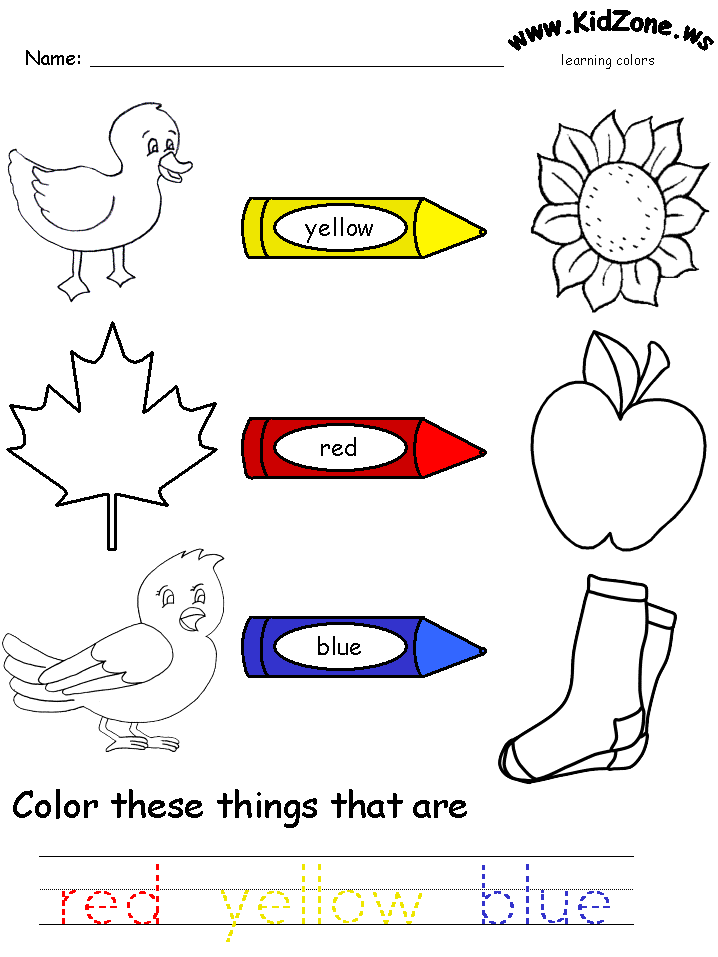
But for children, everything is much simpler: in order to understand the world around them and describe it, they need to know only a few basic colors in their native language. Today we will tell you how best to present basic colors in English for children so that they are interested, and parents do not get bored.
Basic colors and concepts
Before you teach your child about colors, you need to be sure that you yourself know the basic concepts and definitions.
Color . This is how the word "color" is translated into English.
Note that the "-ur" ending is the British spelling. In American English, this word would be spelled "color". It is included in the top differences between British and American English, which you can read more about in this article. By the way, the gray color will also have different spellings: gray (BrE) and gray (AmE).
Each color has a huge number of shades (shades), they can be warm (warm) or cold (cool), neutral (neutral) or saturated (intense / vibrant).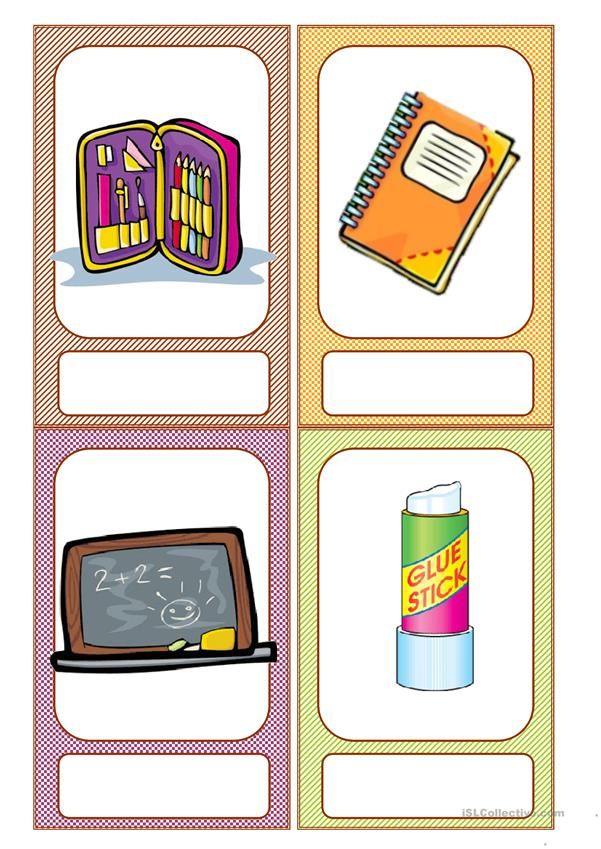
There are 15 primary colors, which are considered basic and are the basis for other shades.
Of which 3 are neutral:
- white
- black
- gray
And 12 - the rest:
- red
- orange
- brown
- beige
- yellow - yellow
- light green
- green
- light blue
- blue-green
- blue
- violet / purple
- pink / magenta
If you need English for children, you don't have to learn colors all at once. Start with the primary colors: red (red), green (green), blue (blue), yellow (yellow) and, of course, do not forget about black (black) and white (white).
Complex colors can be designated by simply adding two basic names. For example: red-orange (red-orange), blue-violet (blue-violet) and so on. However, such colors in English for children should be used only when the child is already well aware of the names of the primary colors. And how the baby to learn them - read below.
And how the baby to learn them - read below.
Learn colors: games and memory
The easiest way for a child to memorize the colors that often surround him in everyday life and in subjects familiar to him. Fruits and vegetables are good for this purpose. Learning colors in this way, English for children will not be another boring activity, but an exciting game. And parents, in turn, will be able to easily feed the child with healthy products, which is sometimes not so easy to do.
Look in the refrigerator. Which of the products available there can clearly demonstrate color to a child? Here are the simplest examples: green apple, orange carrot, yellow banana, red tomato, white milk, brown potato, and so on. True, not all of them can be found in the refrigerator, so it is better to take children's toys or cards as examples of colors such as purple, pink, blue, beige and black.
For practice, ask your child questions about the color of an object in English.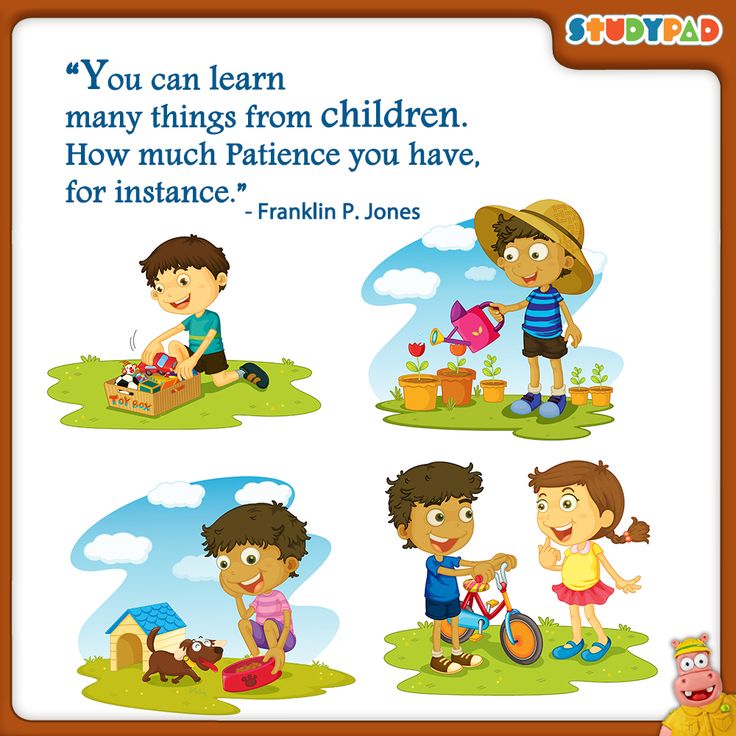 So you will not only repeat the colors with him, but also learn the names of the things around you. Visual demonstrations are one of the best ways of remembering not only for children, but also for adults, because visual memory is also connected to auditory memory. If you don't have the items you need, you can always use ready-made picture cards or other simple and clear images.
So you will not only repeat the colors with him, but also learn the names of the things around you. Visual demonstrations are one of the best ways of remembering not only for children, but also for adults, because visual memory is also connected to auditory memory. If you don't have the items you need, you can always use ready-made picture cards or other simple and clear images.
Even during everyday activities and games with children, you can start a dialogue game with them and ask questions about colors:
What color is this apple? (What color is this apple?)
— It's green. (It's green)
What color is this banana? (What color is this banana?)
— It's yellow. (He is yellow)
and so on.
One of the good and versatile items for learning colors with a child is regular colored pencils. The standard set contains all the colors you need to learn, and the process itself can easily be turned into another game.
Ask your child questions about color, taking different pencils out of the box one by one:
What color is this pencil? (What color is this pencil?)
— It's pink.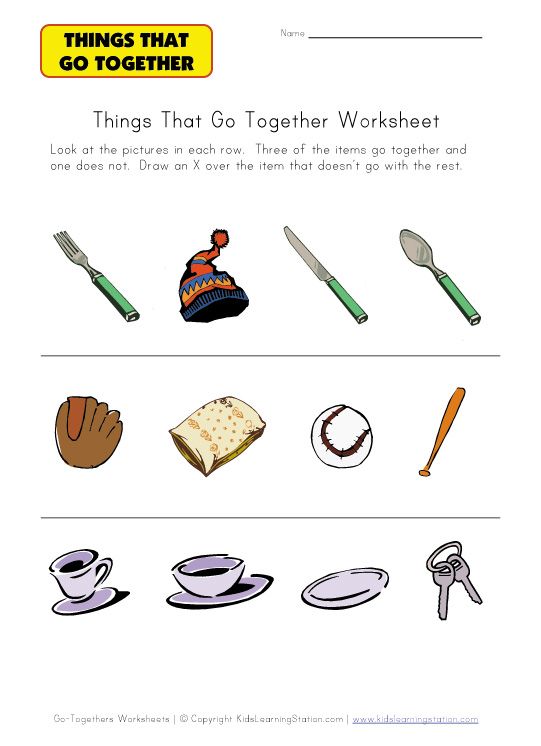 (He's pink)
(He's pink)
— And what color is this one? (What color is this one?)
Blue. (Blue)
and so on.
The same pencils can be used to create color cards. Cut out rectangles from white cardboard and color them, signing each of them with a color in English. Cards can be taken with you and entertain the child during a walk. For example, taking out a green card, ask him to remember the name of the color and find it on the street. The child, in turn, must find a green object (grass, leaves, etc.) and show it to you.
When the child knows the basic names of colors and can easily distinguish them, you can move on to more complex exercises at home, which will not only help him remember the colors, but also keep him busy for a while.
First, ask him to draw you the subject you learned color from. For example, yellow banana, red tomato, pink pig, etc. When the child can easily cope with this task, complicate it as follows: let the child draw something using an unusual color for this.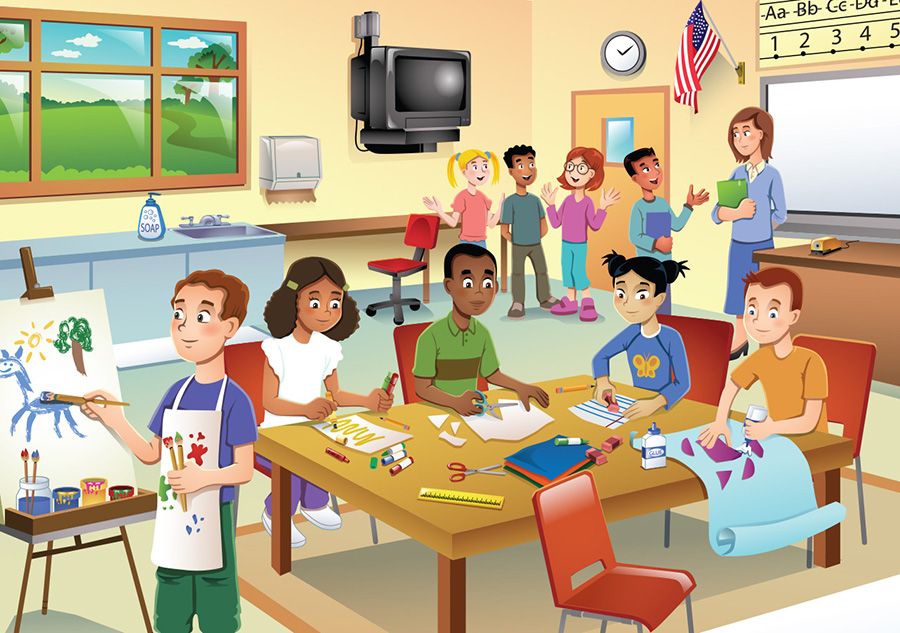 Purple lemon (violet lemon), pink banana (pink banana) and more, what your imagination is capable of.
Purple lemon (violet lemon), pink banana (pink banana) and more, what your imagination is capable of.
One of the easiest ways to learn primary colors is, of course, the rainbow. It consists of seven bright colors, the names of which should already be known to the child in Russian. Therefore, when your baby can name all the colors of the rainbow in the correct order without errors, then you can replace the Russian names of colors with English ones. For clarity, it is better to use the image of the rainbow or draw it yourself.
Play a puzzle game with your child: take colored cards and show them to your child and say the wrong color. He, in turn, must correct you and say the correct color in English. Believe me, the child will enjoy correcting you and “winning” in this game.
Another variant of the mindfulness game is to take cards already well known to the child, ask him to close his eyes, remove one of the colors and ask him to name the color that is missing.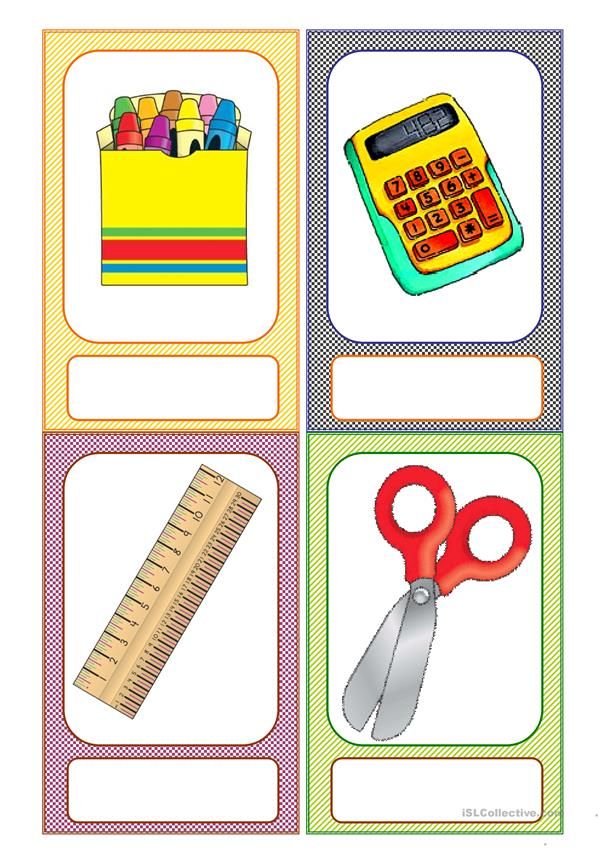
Also, in learning colors in English with a child, parents will come to the aid of cartoons and educational videos. As a rule, all children's cartoons are bright and colorful. The main and secondary characters have their own distinctive colors, and that's exactly what you need to ask them to name the child during the next viewing.
There are many ways to make English fun for toddlers. Colors can also be taught with the help of special verses and "agreements". These are such short rhyming couplets that end in the name of a certain color in English.
Here are some of them:
I will catch fish in the sea,
In the blue sea, blue - blue
Hey, look here quickly:
Gray bunny jumps - gray
Ripe, fresh apples color
English red - red
White snow flies in winter,
White, in English - white
White snow began to melt,
And the earth turns black
We picked ripe apples,
Yellow-yellow, it means - yellow
Orange box full,
All orange
The boy Styopa ate grapes,
Purple he is purple
Frog, look,
All so green - green
We all like chocolate,
He is brown, he is brown
Mischievous pig
pink
You can always come up with your own agreements and rhymes.
There is also an English verse for memorizing flowers and things around the child:
Let's learn the colors song together
An apple is red, a lemon is yellow
Leaves are green, the sky is blue
Carrot is orange, berries are purple
Night and day for black and white
Rainbows are always bright
Let's sing a flower song together
Apple - red, lemon - yellow
Leaves are green, sky is blue
Carrots - orange, berries - purple
Night and day - black and white,
Rainbows are always bright
And here is a funny song with color memorization actions:
If you are wearing red, shake your head.
If you are wearing blue, touch your shoe.
If you are wearing green, bow to the queen.
If you are wearing yellow, shake like Jell-O.
If you are wearing black, pat your back.
If you are wearing brown, turn around.
If you wear red, shake your head.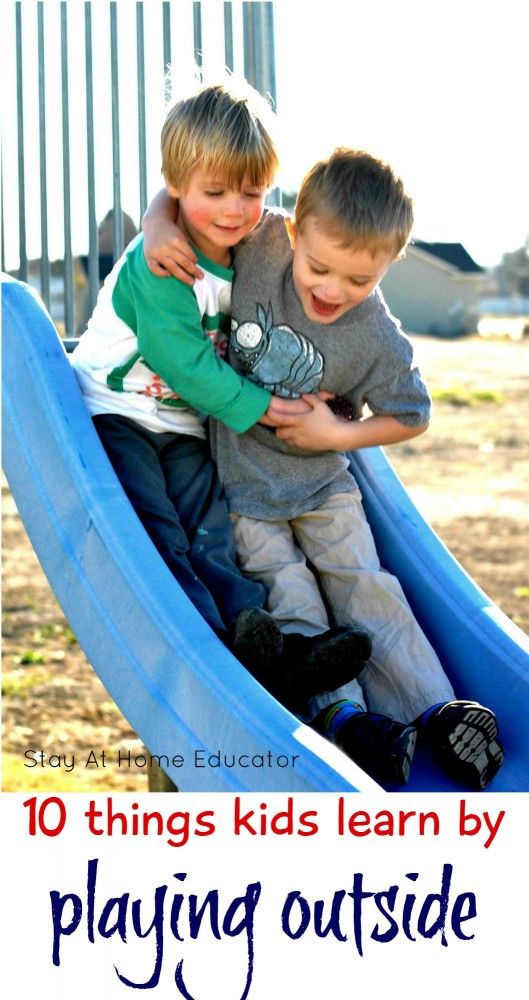
If you're wearing blue, touch your boot.
If you wear green, bow to the queen.
If you're wearing yellow, shake like jelly.
If you're wearing black, pat yourself on the back.
If you're wearing brown, turn around.
As you can see, English is not that difficult: colors for kids are a simple and fun topic if you get creative with it. Here are some more tips for learning colors with kids:
- Look in the mirror
We often need colors to describe someone's appearance. Start with yourself and your child. Name your eye color (I have green eyes - I have green eyes) and ask the child to say what color his eyes are. Remember with him the colors of the eyes of mom, dad, grandma, grandpa and other family members.
- Look around
It will be easy enough for a child to learn colors when he sees them in front of him regularly. For example, taking a banana out of the refrigerator, ask the child to remember its color in English (yellow), ask what T-shirt he wants to wear today (black, white or blue - black, white or blue), what color is his toothbrush, cup and so on.
- Make stickers
Connect visual memory to the study of colors: choose objects at home that best match a particular color and stick stickers with the name of the color on them. After that, you can complicate the task and add the name of the subject itself so that the child expands his vocabulary. For example: brown chair (brown chair), white lamp (white lamp), red book (red book), etc.
- Repeat
As soon as you learn the basic colors in English with your child, look for any convenient opportunity to practice them. It is best to talk about everything that meets the child around. At the same time, it is worth making simple, but whole sentences, and not learning colors out of context. Let the child name the color of a certain object not just like that (blue, yellow, green), but with a complete sentence: The sky is blue (The sky is blue), The grass is green (Green grass), This bus is yellow (This bus is yellow), etc. .d. This will help him, firstly, immediately form speech and be able to express his thoughts more fully, and, secondly, will allow him to expand his basic vocabulary.
We hope that you have found many useful tips and ideas in this article on how to have fun learning colors in English with your child so that he will remember them for a lifetime.
Educational activities for children 2–3 years old
At the age of two or three years, a child actively explores the world around him, learns to talk and communicate with adults and peers. During this period, his personality begins to form. Therefore, parents need to pay special attention to the development of speech, thinking, social skills.
Contents of the article:
- Classes for the development of logical and mathematical thinking
- Lessons for the development of speech
- Gross and fine motor activities
- Classes on the study of the properties of objects
- Getting to know the outside world
- Output
Classes for the development of logical and mathematical thinking
The thinking of two and three year olds is clearly effective.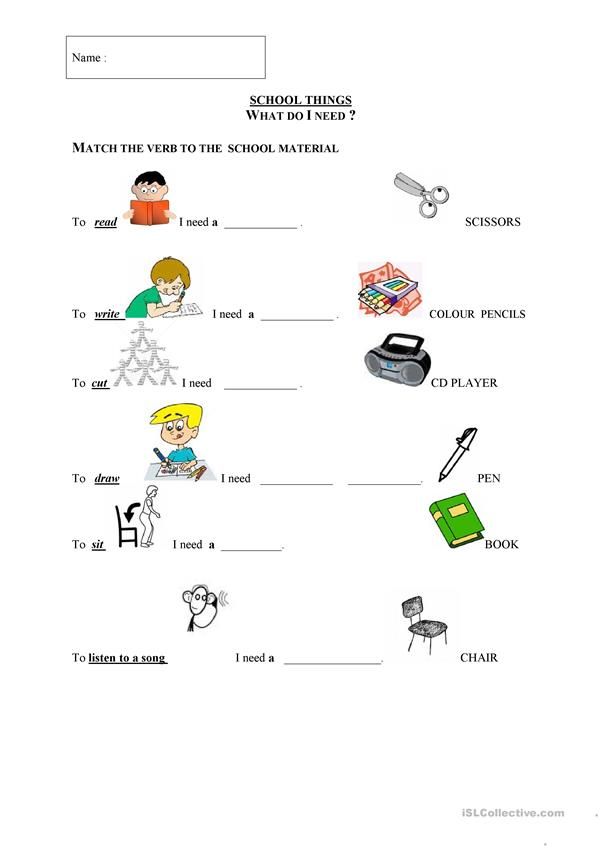 The ability to think logically implies the ability to analyze, compare and generalize. You can develop logic and teach your little one basic math skills with the help of the following exercises.
The ability to think logically implies the ability to analyze, compare and generalize. You can develop logic and teach your little one basic math skills with the help of the following exercises.
✅Comparison
Take a handful of buttons or other small items and divide them into two unequal piles. The child must determine which pile has a lot of buttons, and which has few. If he does not see the difference between the concepts of "a lot and a little", explain to him what it is.
The second variation of this exercise is the value comparison. Take several objects or toys of different sizes. Ask the baby to show where the small objects are and where the large ones are.
✅Score
Children at the age of two or three are not yet familiar with numbers. It is better to master the counting skill on surrounding objects or on the fingers. Teach your child to show his age on his fingers, tell him how old he will be in a year, two, three.
It is convenient to use counting sticks or any other items for counting.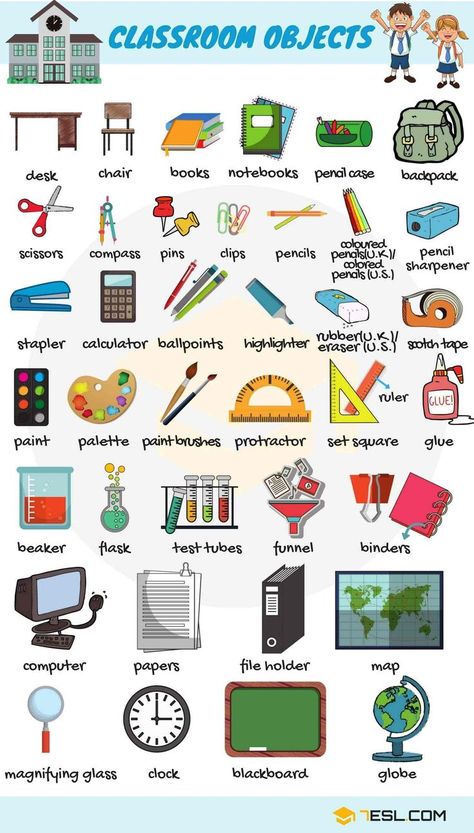 Climbing the stairs with your child, count the steps, passing houses - windows, walking along the alley - trees or lampposts.
Climbing the stairs with your child, count the steps, passing houses - windows, walking along the alley - trees or lampposts.
✅ Hidden Object
Hide the toy in the room and ask your baby to find it. Help him by suggesting places to search - under the sofa, behind the armchair, in the closet, etc. Then you can switch roles - the child hides the toy, and you are looking for it.
Speech development classes
Between the ages of two and three, children experience a significant leap in their speech development. Their vocabulary is replenished very quickly. Having become acquainted with a new word, children bring it into their vocabulary and begin to actively use it. Simple exercises will help develop speech skills.
✅Reading
The best way to develop speech is reading. Buy picture books for 2-3 year olds. Choose poems, fairy tales, nursery rhymes. It is useful for a child to listen to both prose and poetry.
When reading a fairy tale, ask your child questions about the plot.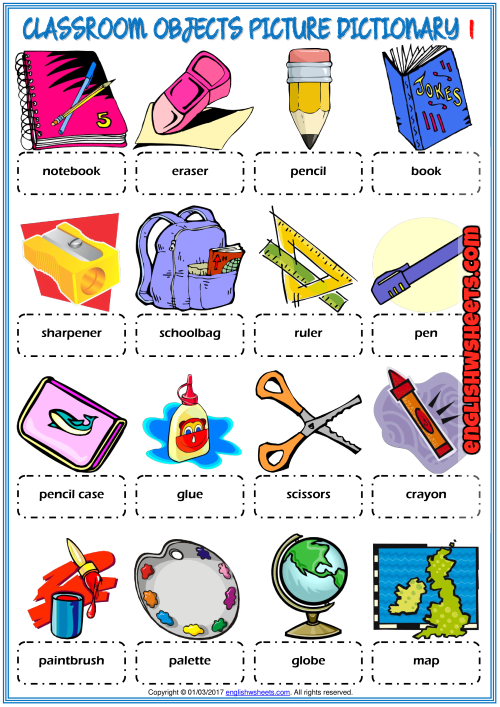 If he finds it difficult to answer, help him. Explain the meaning of each unknown word. Look at the illustrations in the book and discuss with your child.
If he finds it difficult to answer, help him. Explain the meaning of each unknown word. Look at the illustrations in the book and discuss with your child.
✅Singing
This fun activity promotes the development of speech and trains the voice. Sing with your baby children's songs with and without musical accompaniment. Children quickly memorize rhyming lines and a motive, and sing along with adults with pleasure.
✅Composing proposals
Think of the beginning of a sentence and ask your child to continue it. For example, "Mom bought today in the store ..." or "Black runs down the street ...".
✅ Discuss the events of the day
Discuss the events with your child every day. For example, “You and I went to the park today and fed the ducks in the pond. And in the evening, my grandmother came to visit and brought a delicious pie, ”etc. If the baby goes to kindergarten, ask him to tell you how the day went, what he did, what interesting things happened.
✅Describing objects
Take an object and ask the child to describe it, asking leading questions (What color is it? Is it big or small? What does it look like? What is it for? etc.).
At the age of 2–3, children still do not pronounce words well, many of them abbreviate and distort. Be sure to correct your child when they speak incorrectly. Of course, he still does not know how to pronounce all the sounds, so a clear pronunciation will not work. But still, try to teach the baby to speak as correctly as possible.
Classes for the development of attention
At such an early age, attention is involuntary. This means that the child does not yet know how to concentrate it by willpower. His attention is attracted by what is of interest (a bright toy, the sound of music, people around him). Attention, like other mental processes, can and should be developed.
✅Search for an object
Take a picture with a story and ask the child to find a certain object or character in it.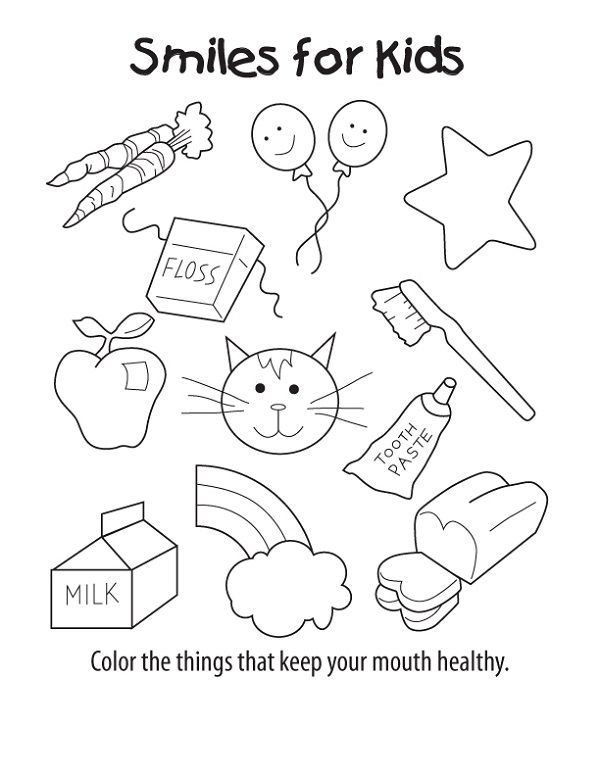 The same exercise can be performed outdoors. Ask the baby to show a flower, a red car, a cat, a girl in a green jacket, etc.
The same exercise can be performed outdoors. Ask the baby to show a flower, a red car, a cat, a girl in a green jacket, etc.
✅Similar Detection
Take an object, such as a book, and ask the baby to look around the room for things similar in shape to her. It can be a phone, a tablet, a picture on the wall. You can search for objects that are similar not in shape, but in color, size and other features.
✅Finding the Missing Item
Take some toys, arrange them on the table and ask your child to look at them carefully and memorize them. Then he should turn away or leave the room, and at this time you remove one toy. The task of the child is to determine which toy has disappeared.
Classes for the development of gross and fine motor skills
Finger motor skills are directly related to cognitive processes - speech, memory, thinking. Therefore, it needs to be developed. There are many exercises for this.
✅ Games with small objects
Invite your child to sort the buttons by size, string large beads on a string, roll the balls in his hands.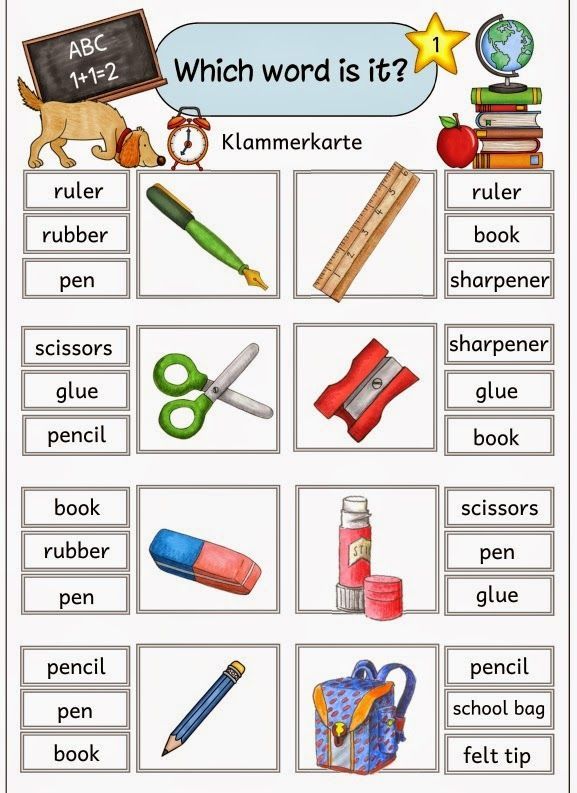 Be careful not to put a small object in your mouth, nose, or ear.
Be careful not to put a small object in your mouth, nose, or ear.
✅Construction set and jigsaw puzzle
Buy your child a construction kit or jigsaw puzzle for kids and build with him. This exciting activity strengthens the small muscles of the hand, makes the fingers more dexterous, trains attention and imagination.
✅Sculpting
Sculpt with your child various figures from clay, plasticine or salt dough. To make the lesson more interesting and exciting, read a fairy tale or watch a cartoon, and then try to make a character you like.
✅Finger games
Not only babies love to play finger games. Toddlers aged two or three love them too. Teach the baby to fold fingers into different shapes:
- fold your thumb and forefinger into a ring and bring it to your eyes - you get glasses, and if you use all your fingers - binoculars;
- squeeze the hand into a fist and stick out the index finger and little finger - these are the horns of a goat;
- "Step" with your index and middle fingers on the table, representing the legs.
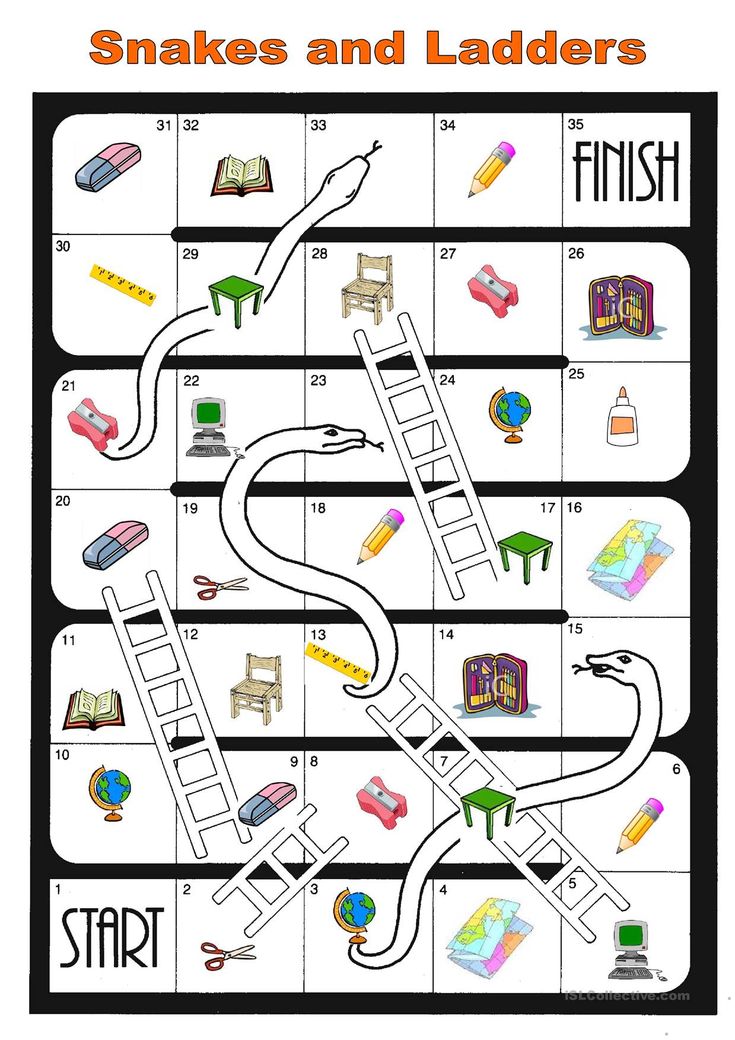
Invite your child to show their imagination by inventing and putting together unusual shapes from their fingers.
Gross motor skills are developed by ball games, cycling, jumping, wall bars and any physical activity. Teach your child to fasten and unfasten buttons, Velcro, hooks on clothes, put on and take off things on their own.
Classes for the development of intellectual abilities
Reading, music, creativity, solving logical and mathematical problems contribute to the development of the baby's intellect.
✅Drawing
Invite your child to draw a house, himself, mother. Set a theme for the picture, tell the child what details can be added to it. For example, a house can be surrounded by trees, the sun and clouds can be depicted in the sky.
✅Role-playing games
Make up a story, choose the right toys and play it out with your baby. For example, a doll is sick: you need to put her to bed, take her temperature, give her medicine in a spoon.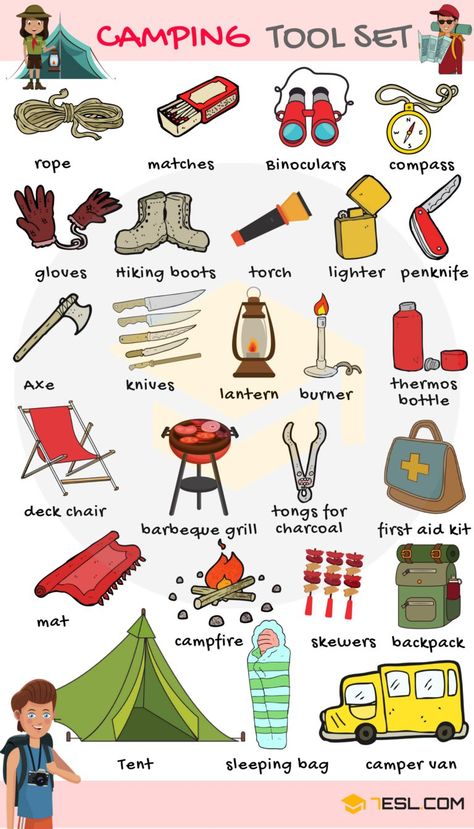
✅Music
Listening to classical music has a positive effect on the mental development of children, and also brings up a sense of beauty in them. It is useful not only to listen to music, but also to dance to it. This has a positive effect on both mental and physical development.
✅Puzzles
Collecting puzzles trains attention, thinking, memory. Buy your child large puzzles with a small amount of detail and a clear image. First collect them together with the baby, and then invite him to do it on his own.
✅Sorting items
Shuffle the cards with different items and ask the child to sort them into categories, eg vegetables, fruits, clothes, furniture.
✅Riddles
Riddles are good for training the intellect. The main thing is to select tasks that are age-appropriate and understandable to the child.
✅Sunny bunny
On a clear day you can play with sun bunnies. Take a mirror and start letting bunnies on the ceiling, floor, walls.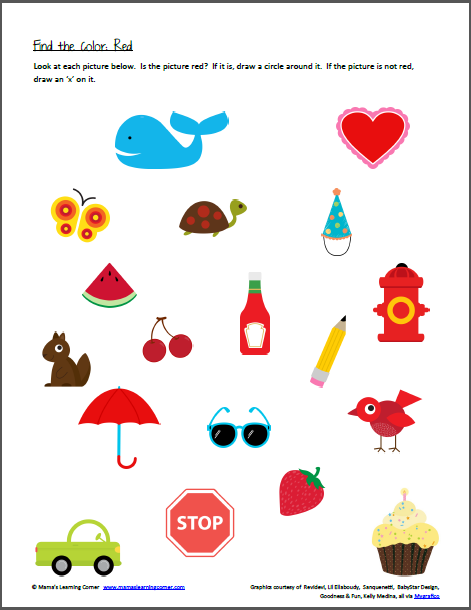 Then give the mirror to the child and let him try it himself. Coordinate his movements, suggesting how to catch a ray of the sun and direct it in the right direction.
Then give the mirror to the child and let him try it himself. Coordinate his movements, suggesting how to catch a ray of the sun and direct it in the right direction.
Classes to study the properties of objects
Learning the properties of various objects develops the thinking of the baby, helping him to understand how and for what this or that thing can be used.
Teach your child to compare objects according to the following criteria:
- size - big, small, tall, low, long, short;
- state - hard, soft, liquid, warm, cold;
- shape - round, square, rectangular, etc.;
- color.
Anything can be used as a "learning tool".
- Pour cold water into one glass and warm tea into another and ask your child how they differ (color, temperature, taste).
- Sew some fabric bags (you can use old socks) and fill them with sand, beans, small stones, balls, etc.
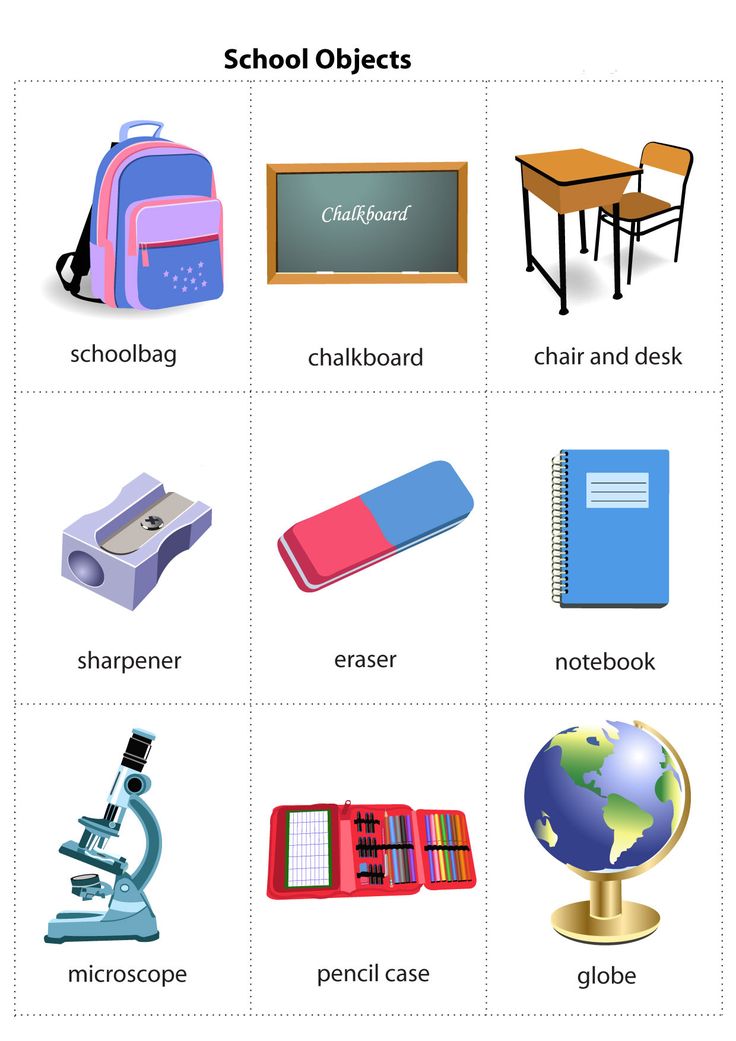 Let the child try to feel what is in each bag.
Let the child try to feel what is in each bag. - Buy a sorter - a special container with slots in the form of different geometric shapes and a set of matching inserts. The task of the child is to choose the right figure for each hole.
- Invite the baby to feel different materials - leather, fur, silicone, wood. Let him tell you how they differ (fluffy fur, smooth skin, etc.).
Getting to know the outside world
The scope for exploring the outside world is very wide:
- Animals. Tell your child which animals are domestic and which are wild, in what conditions they live, what their cubs are called. If you have the opportunity to visit the zoo, be sure to do it.
- Plants. On a walk, pay your baby's attention to the trees, flowers, shrubs growing around. Tell us what they are called, which ones are fruit. Collect the leaves and look at them with your baby.



